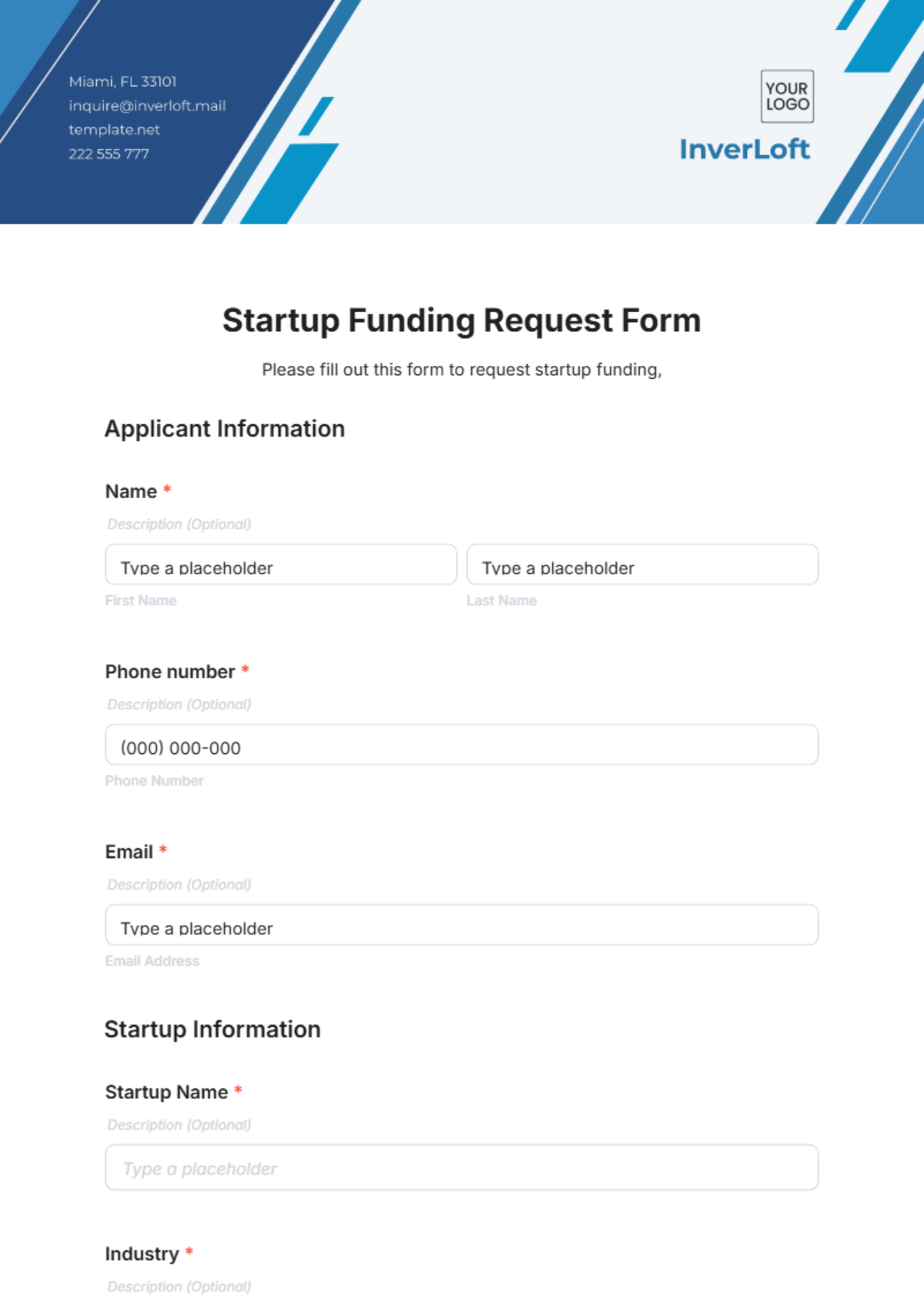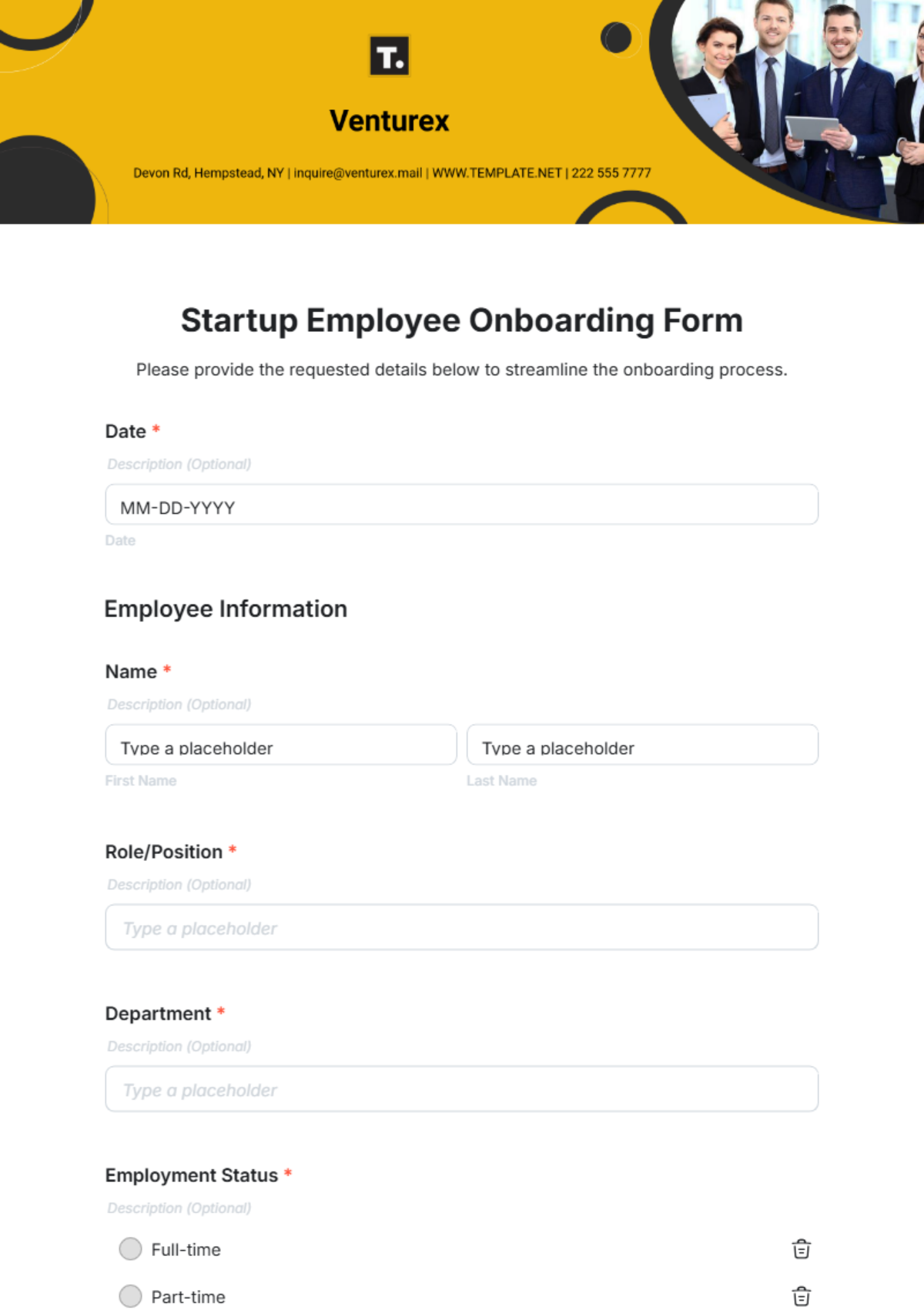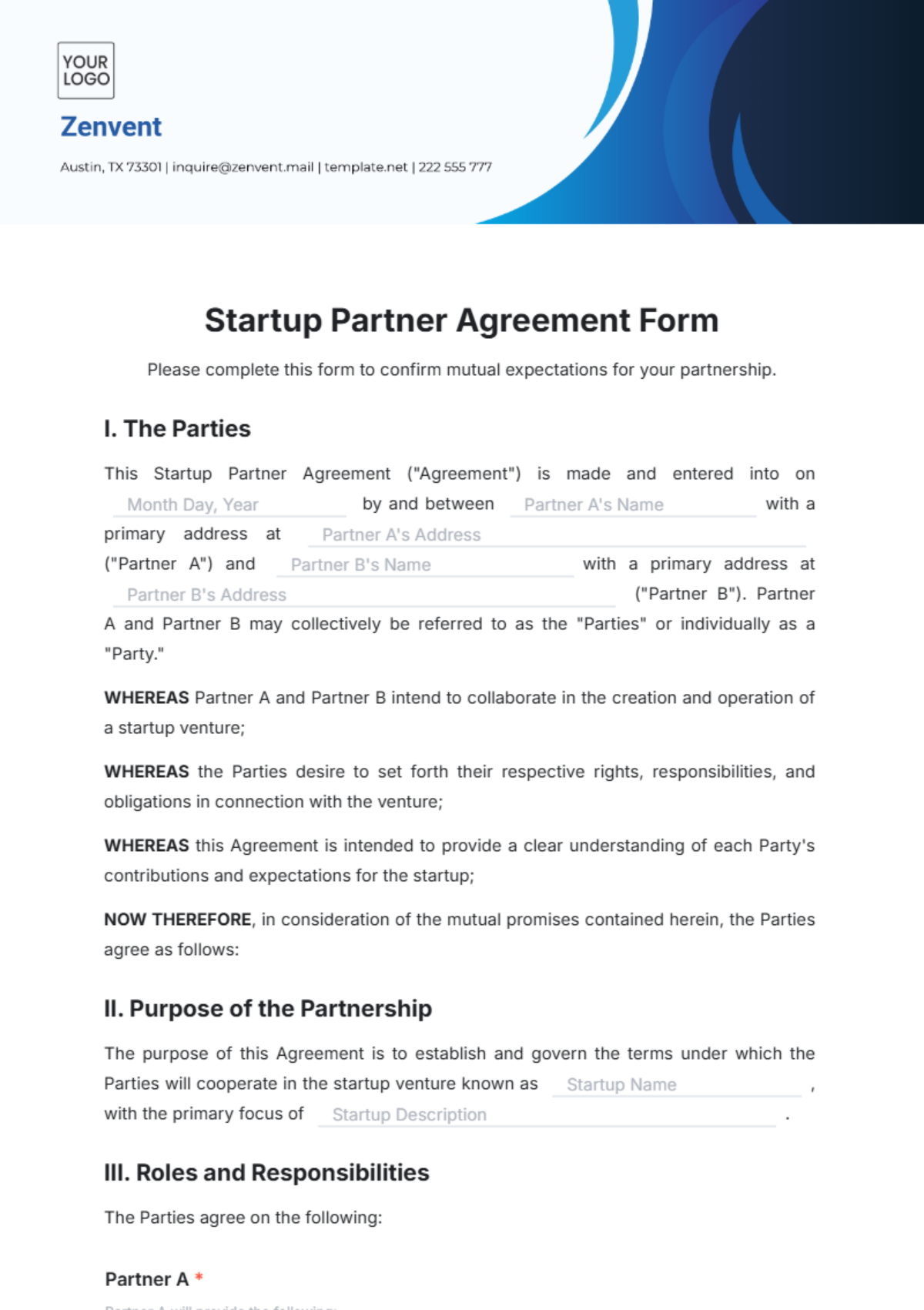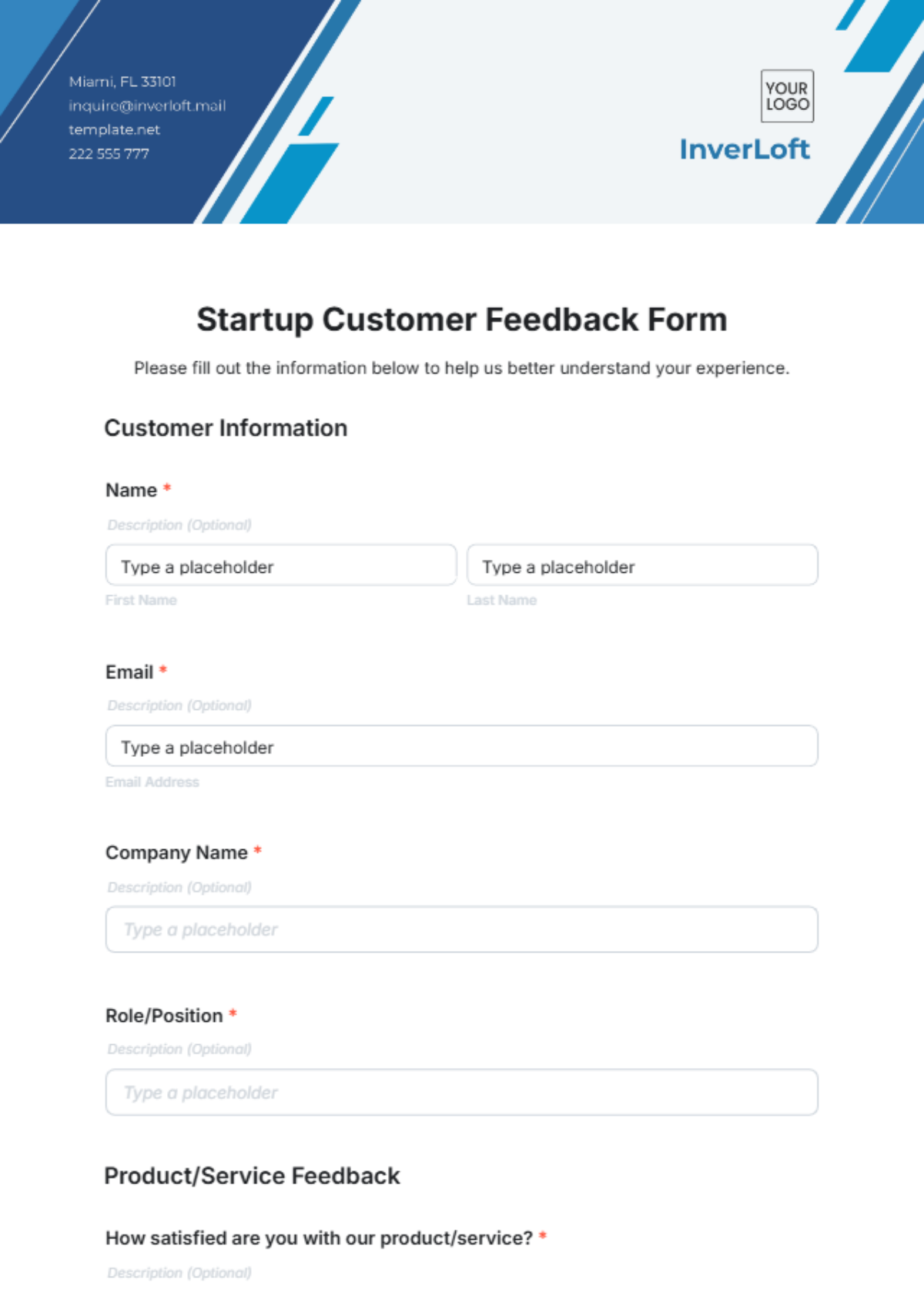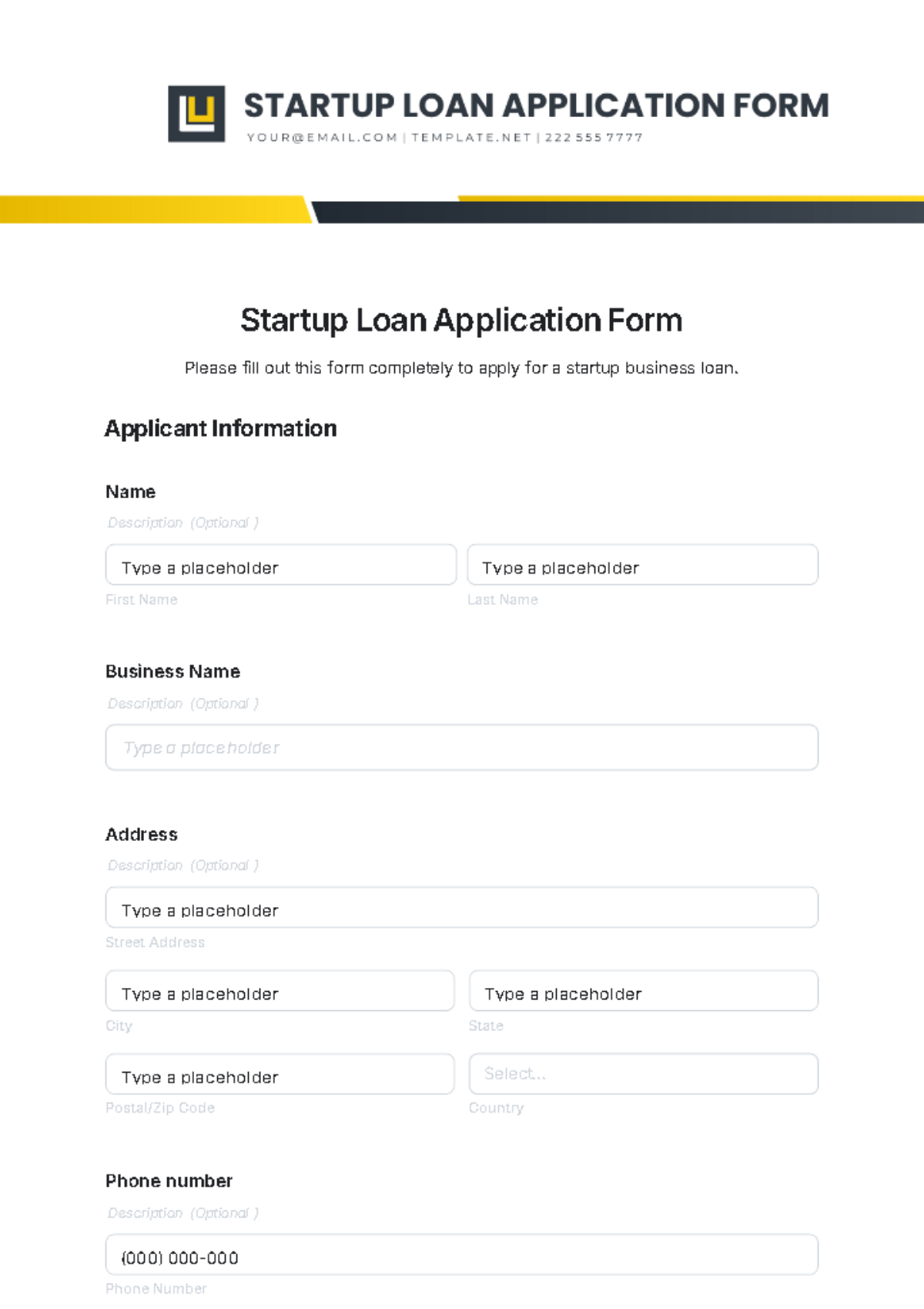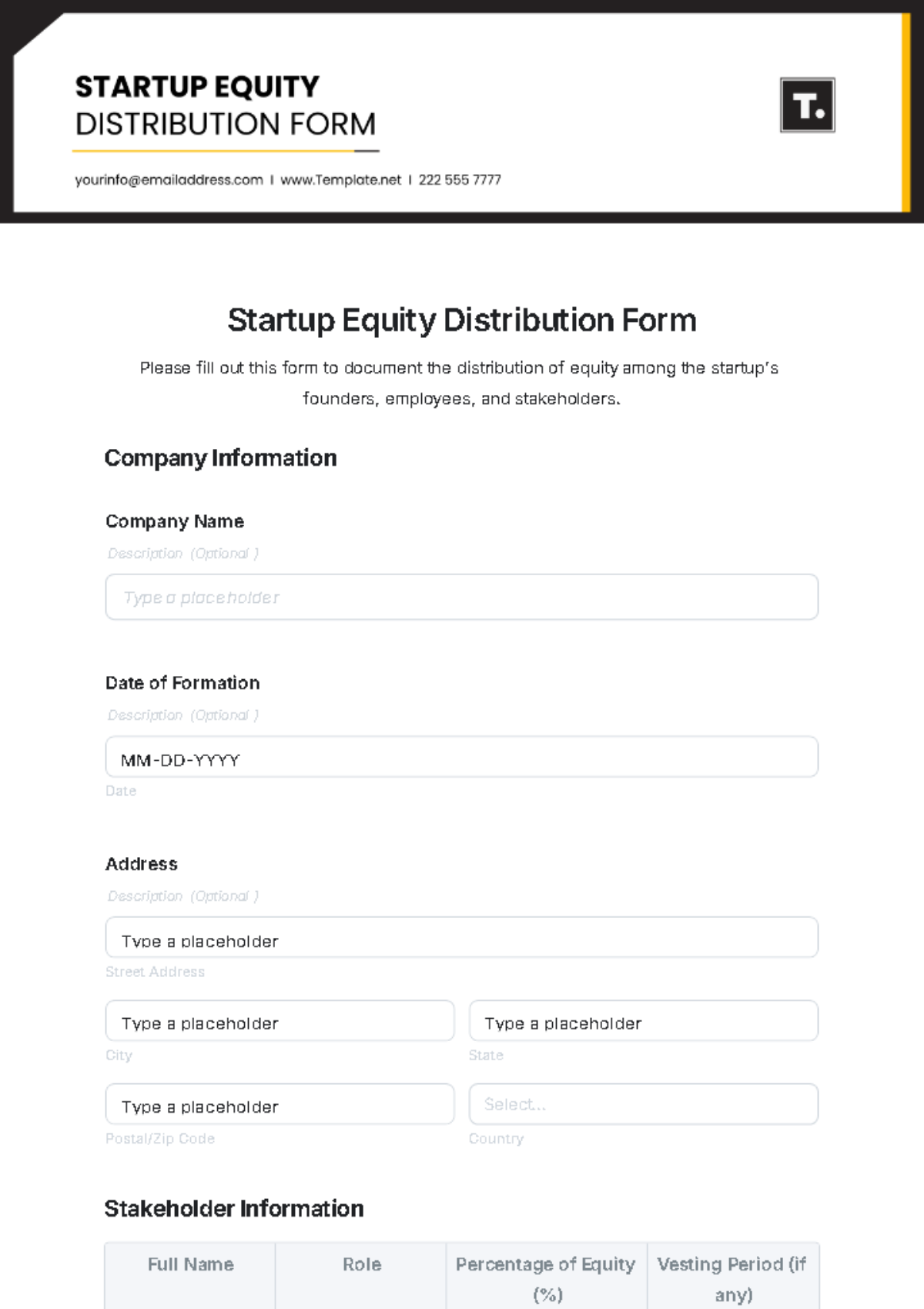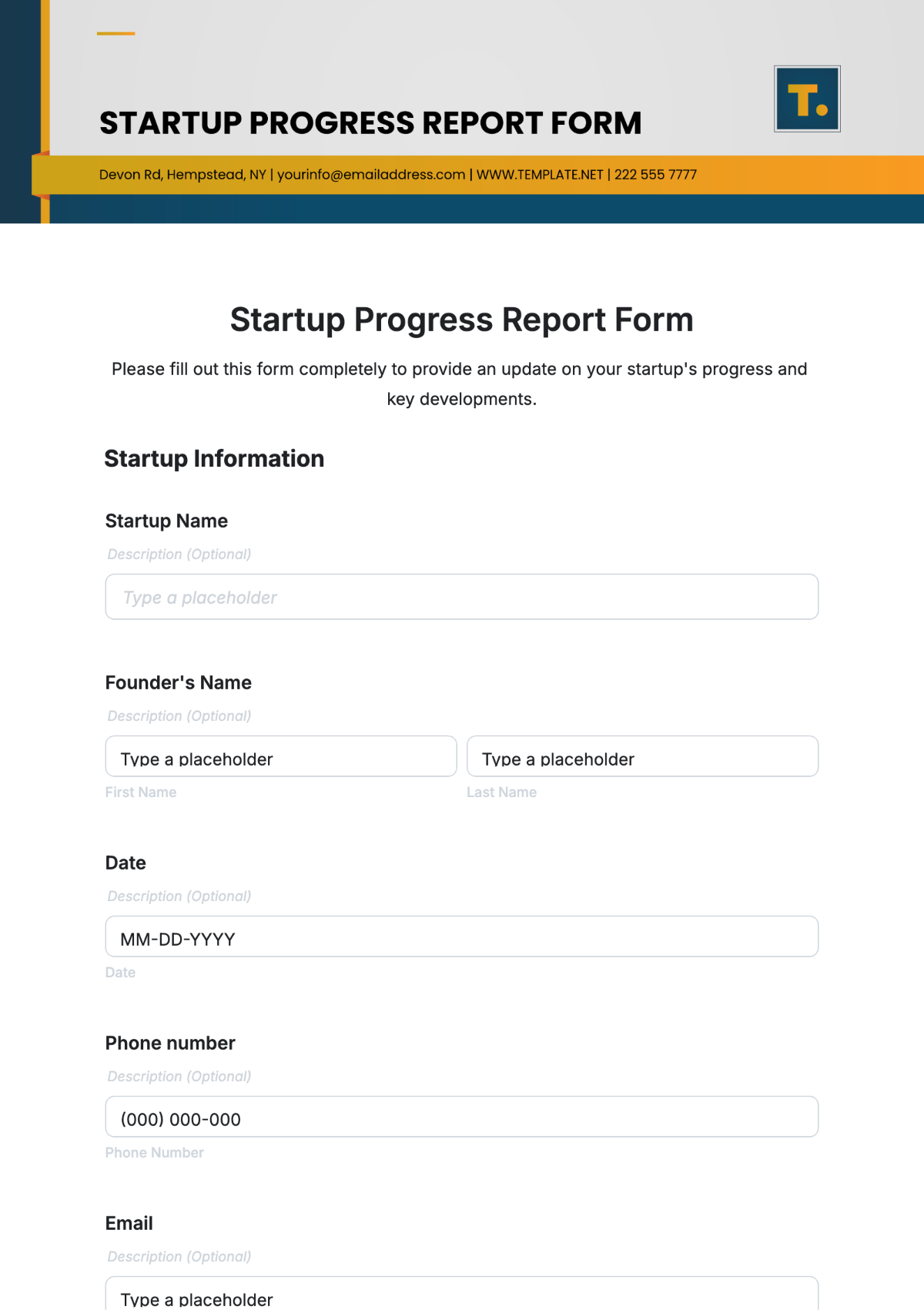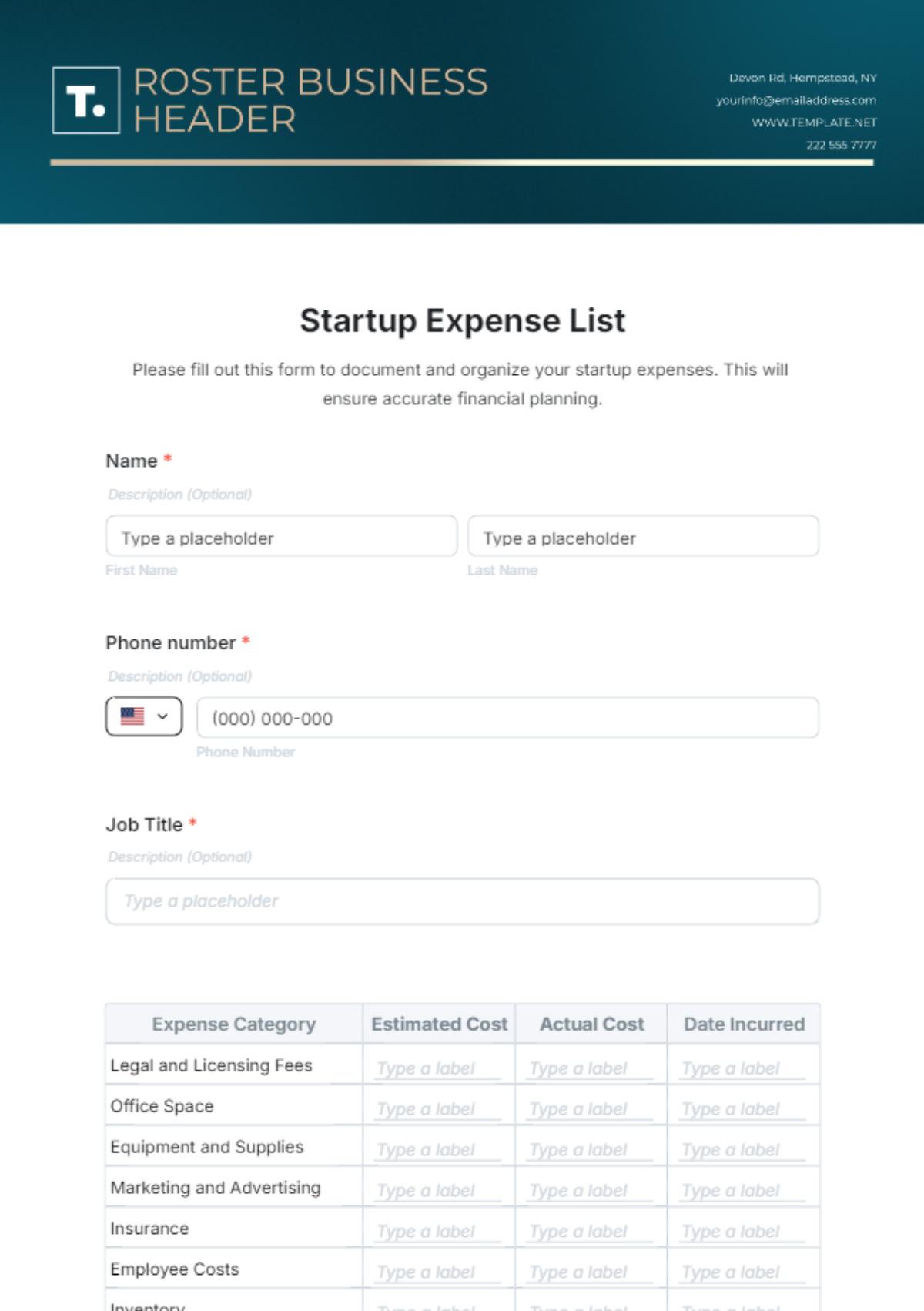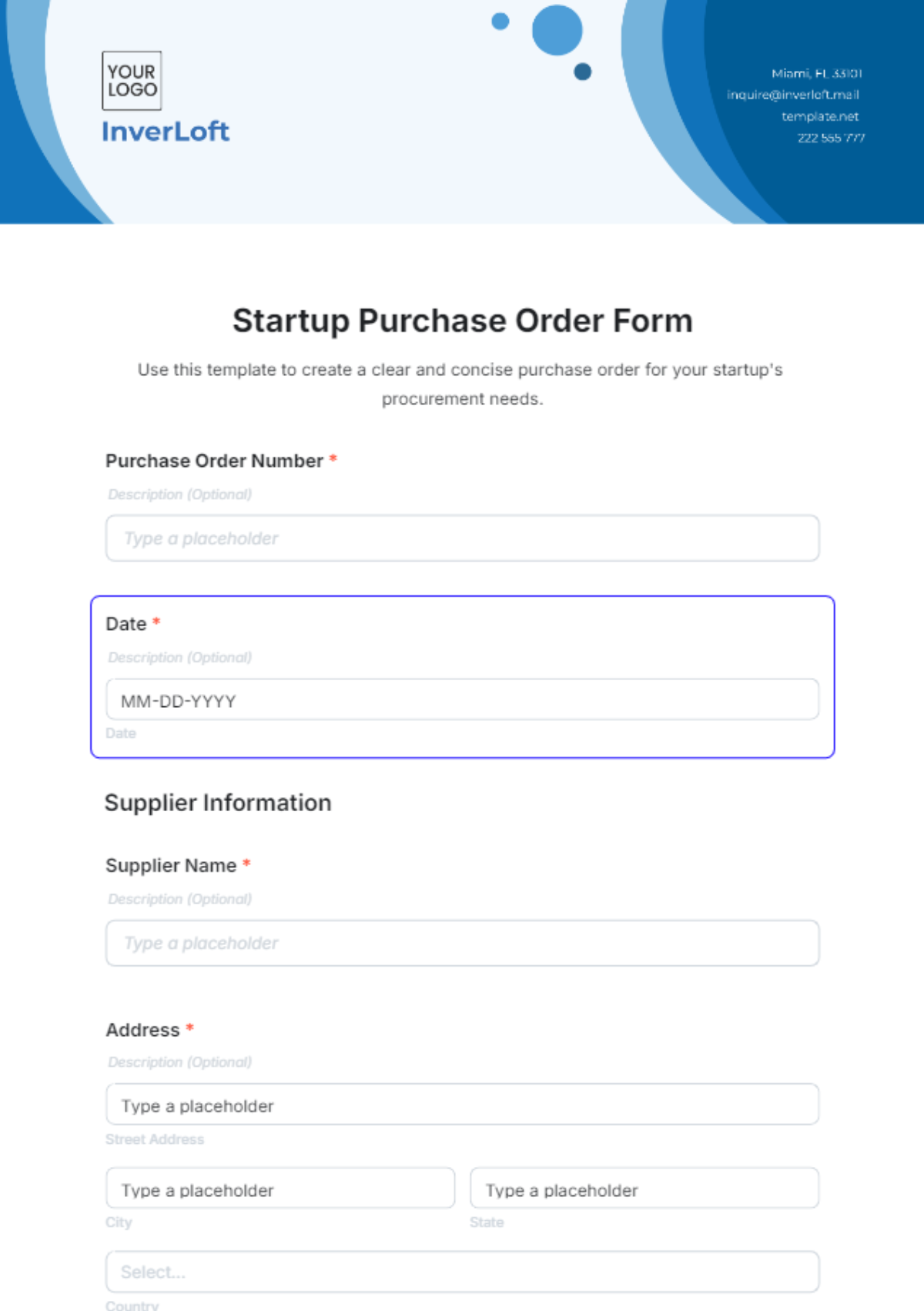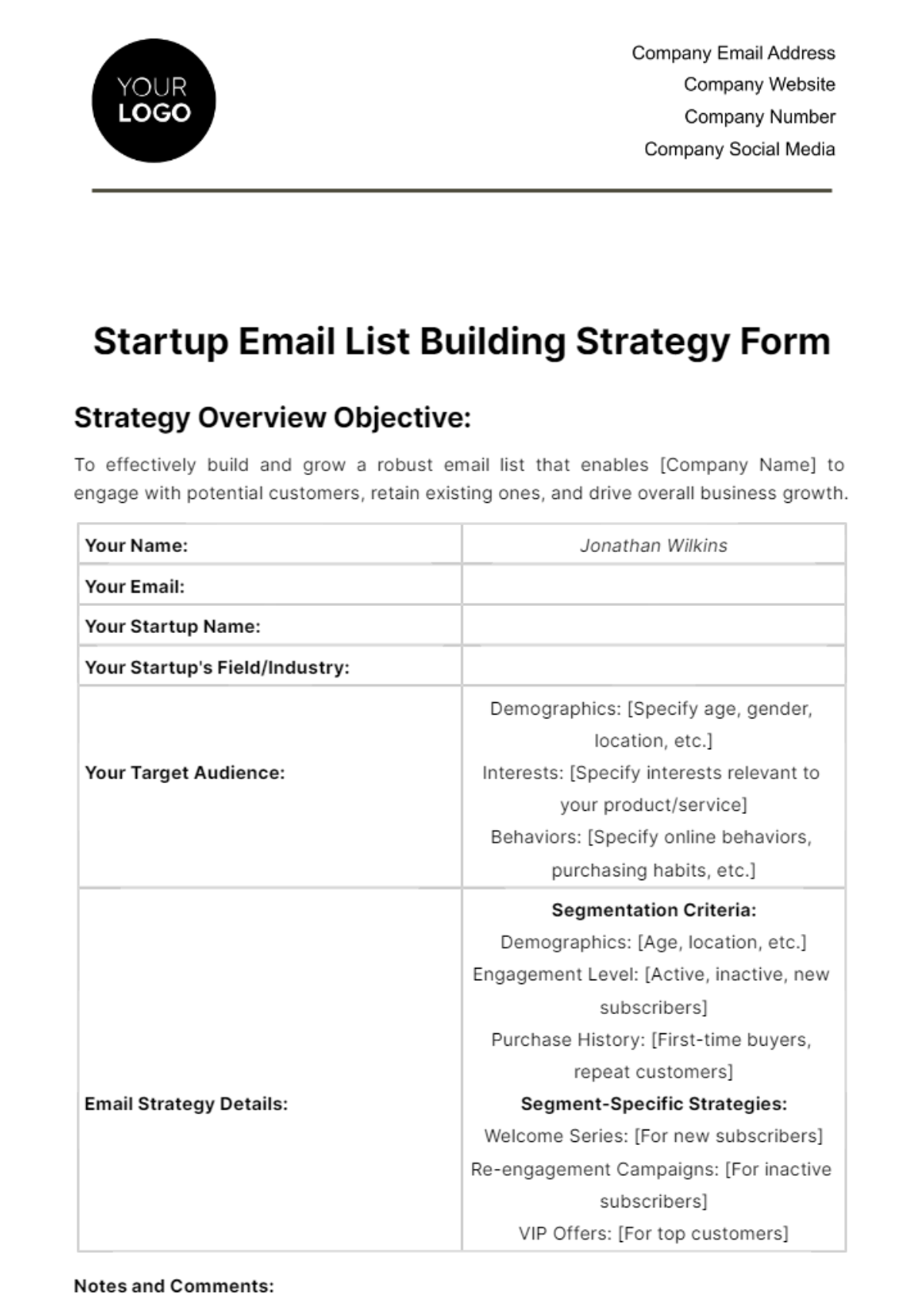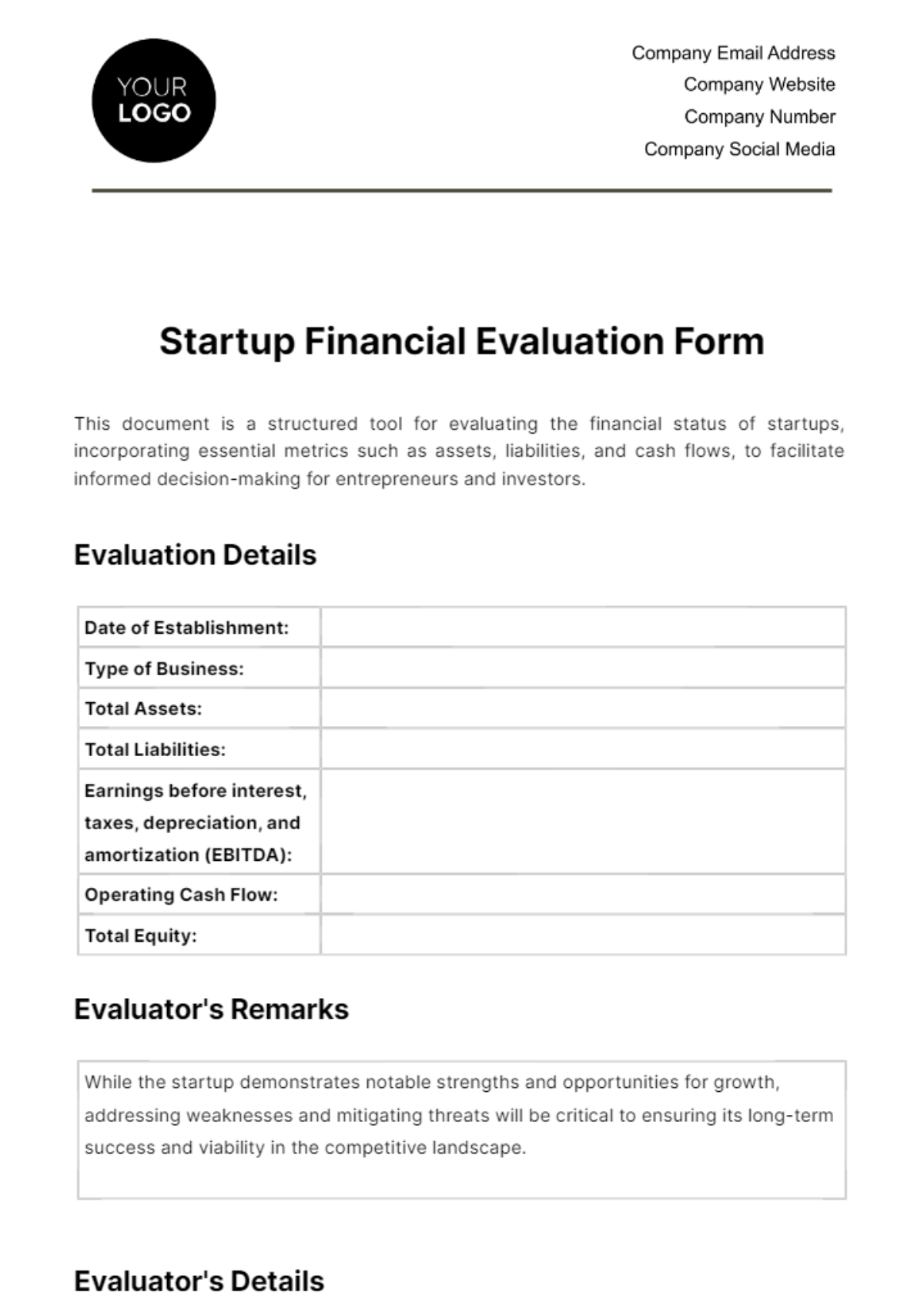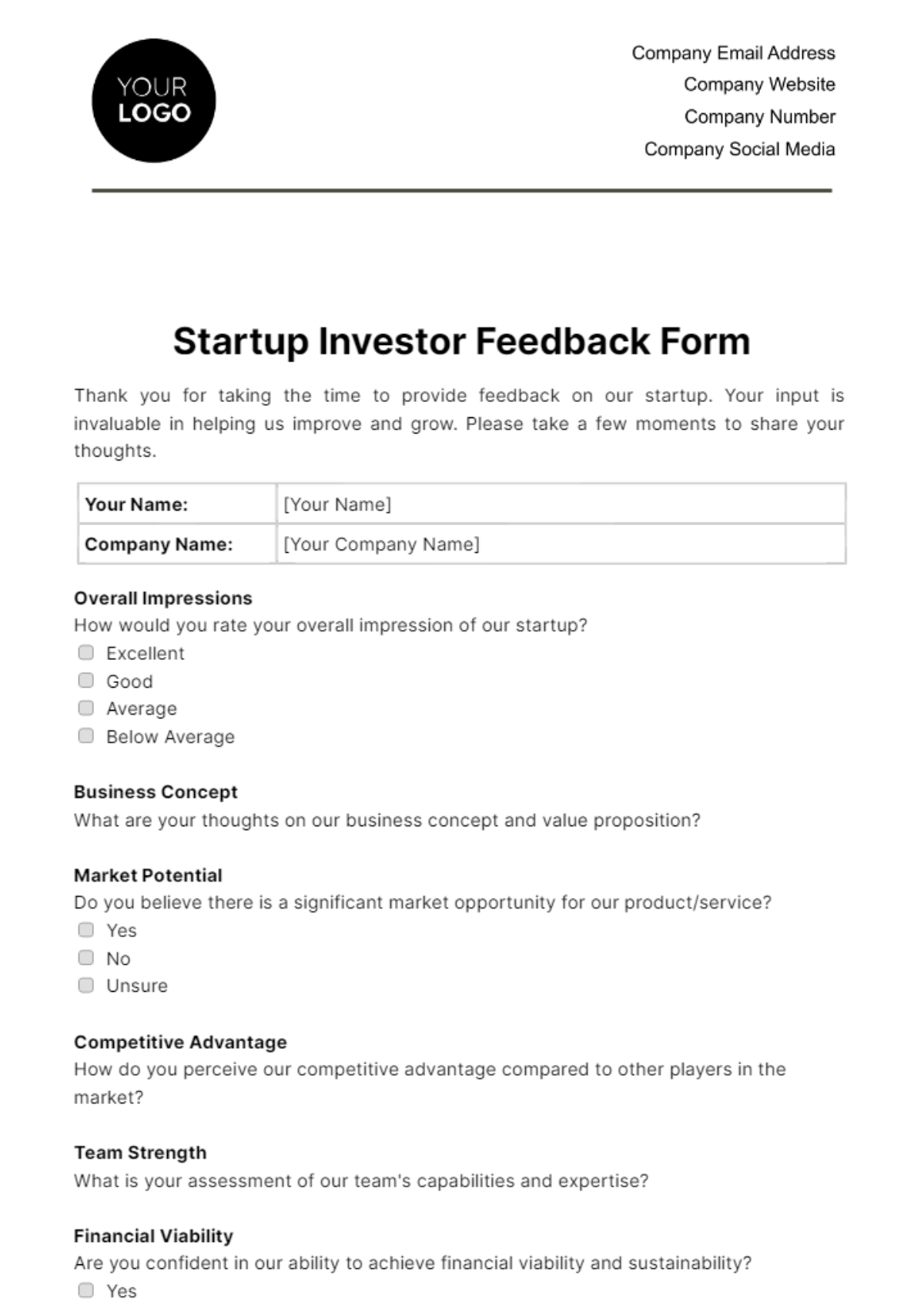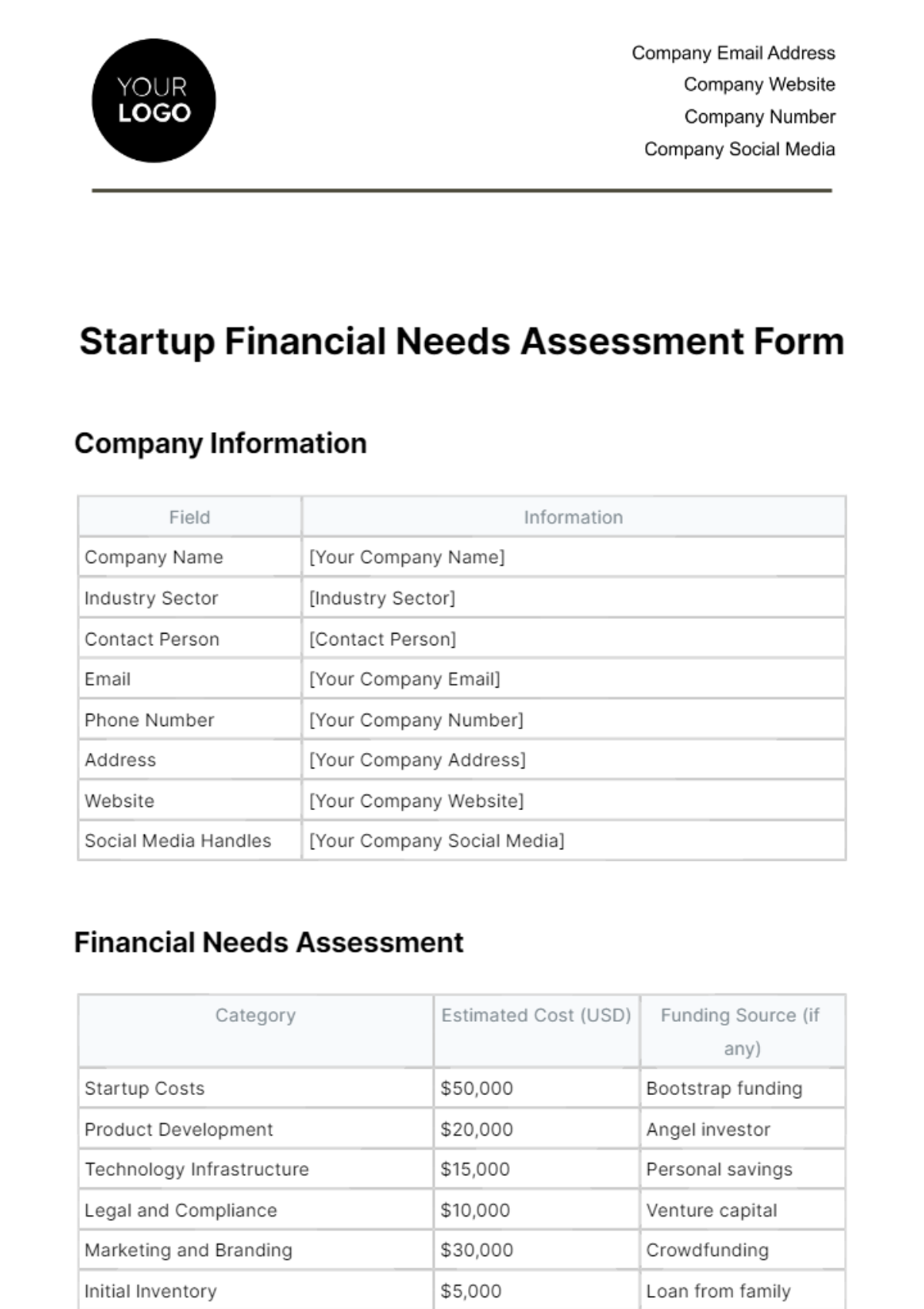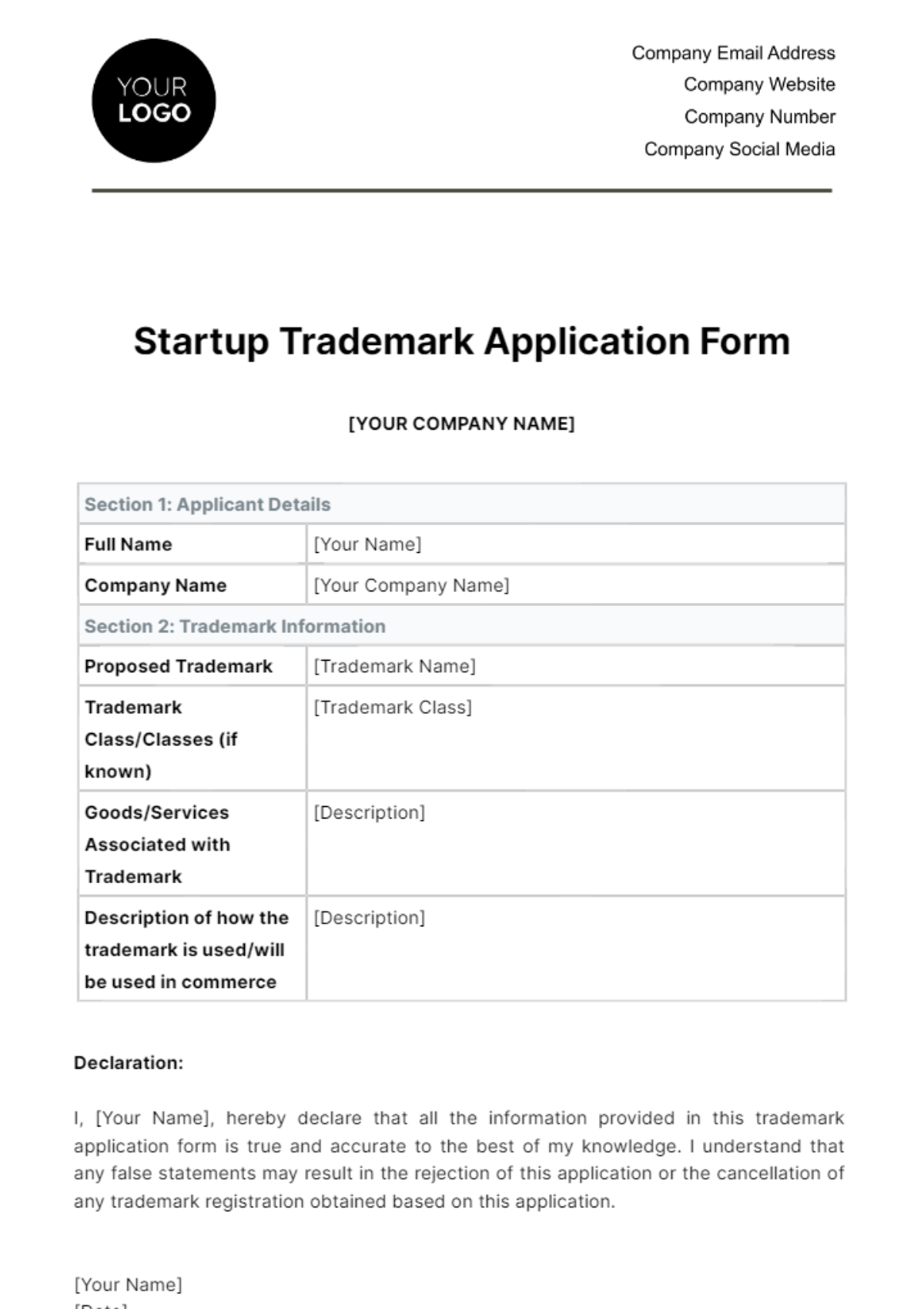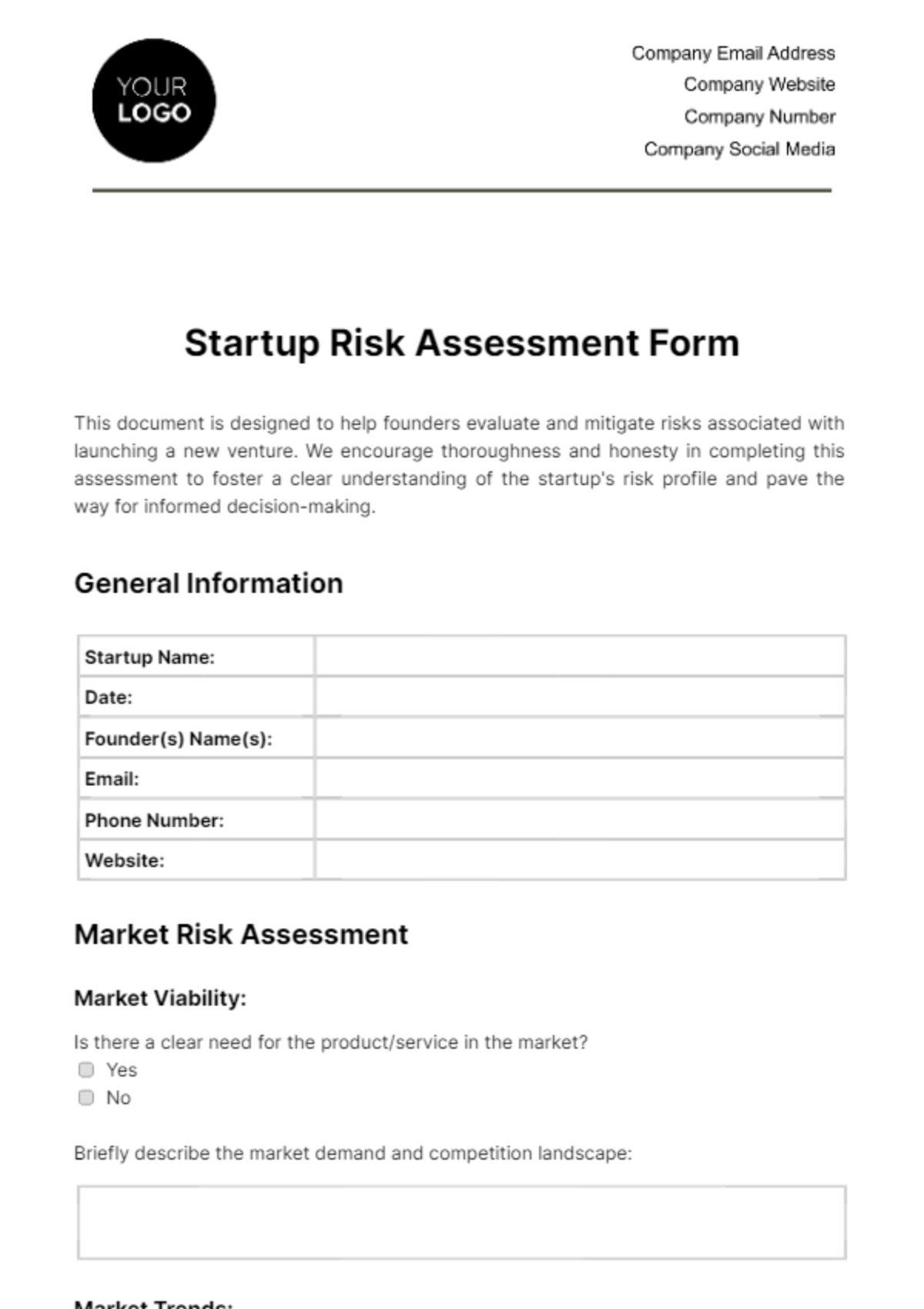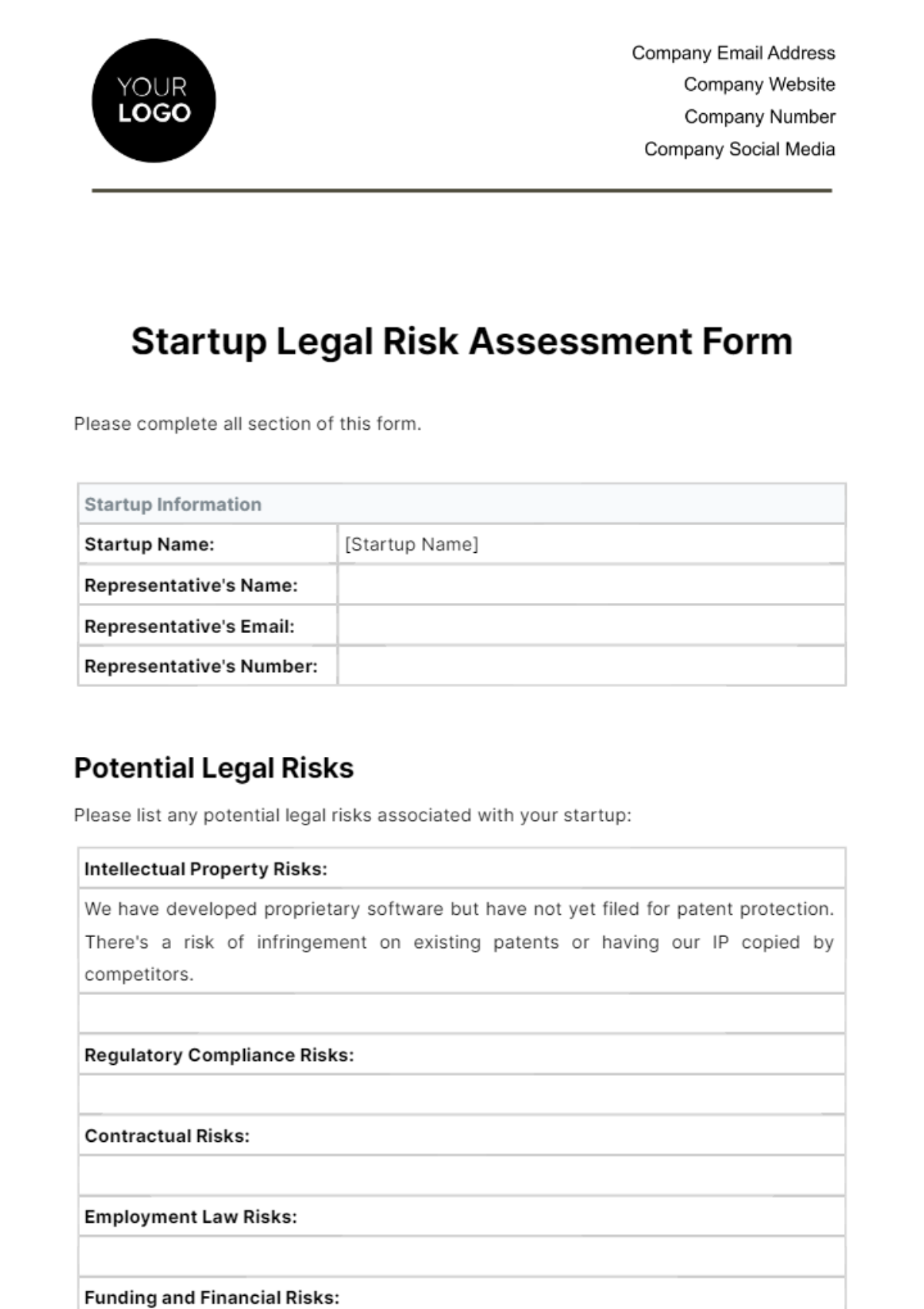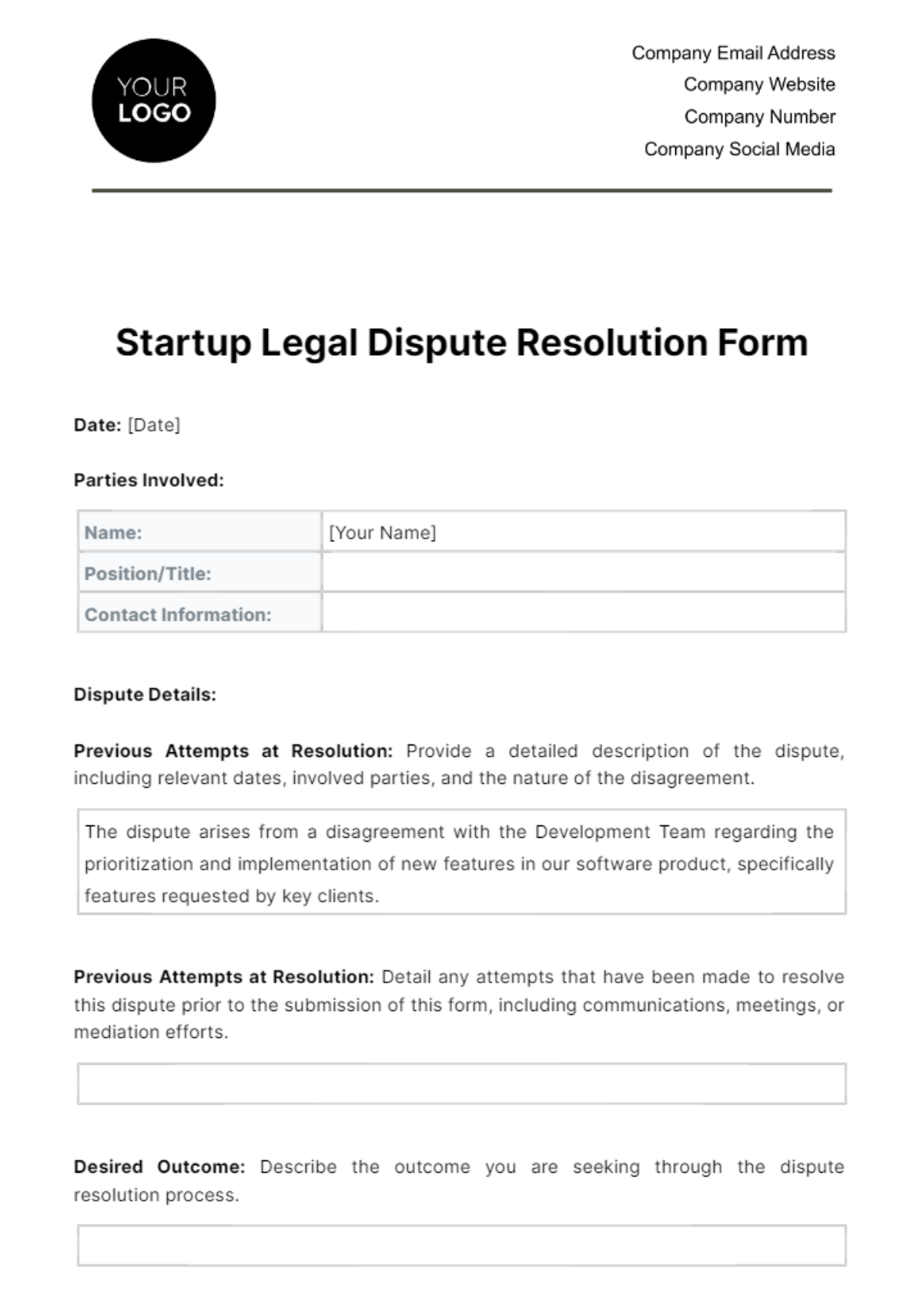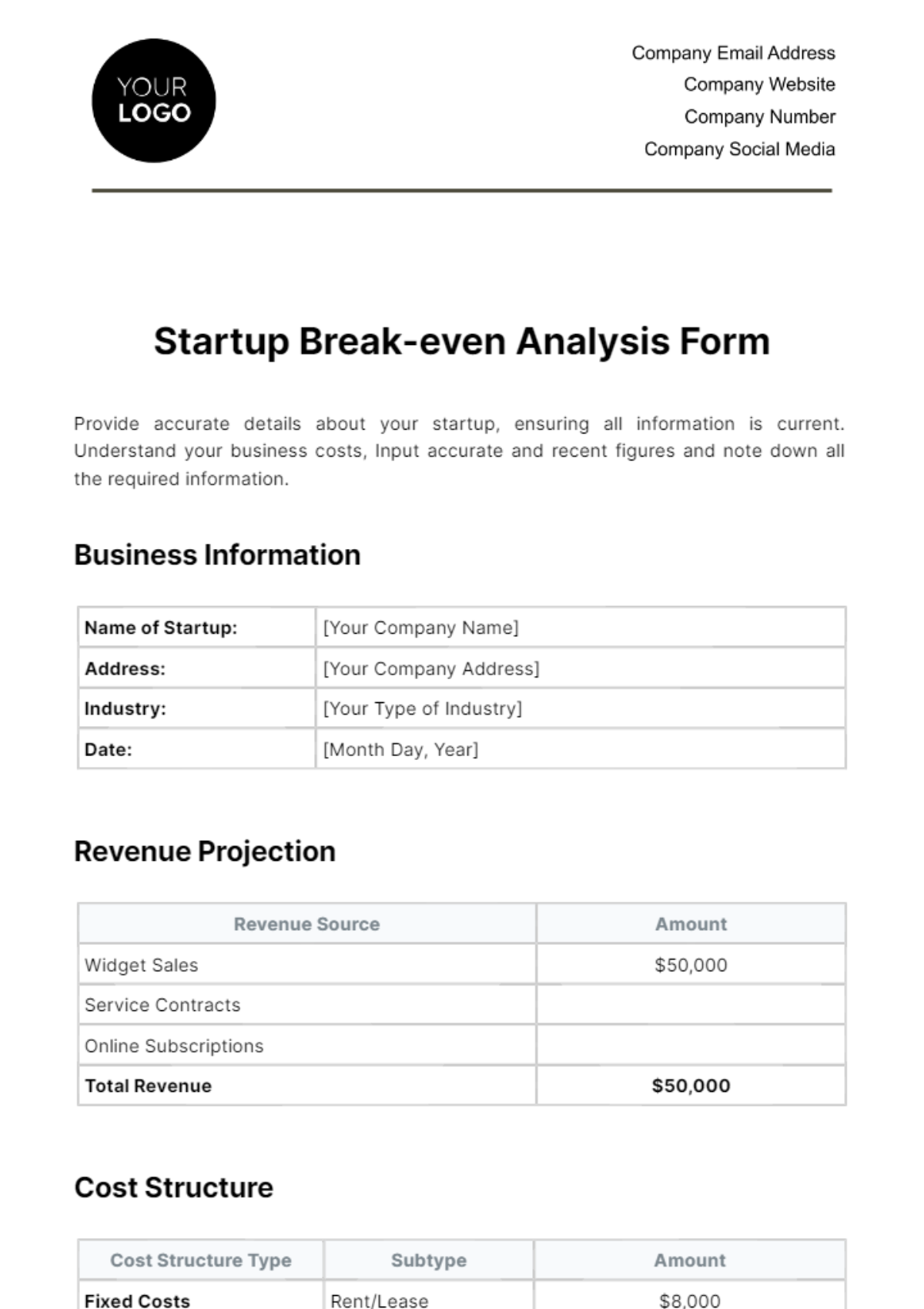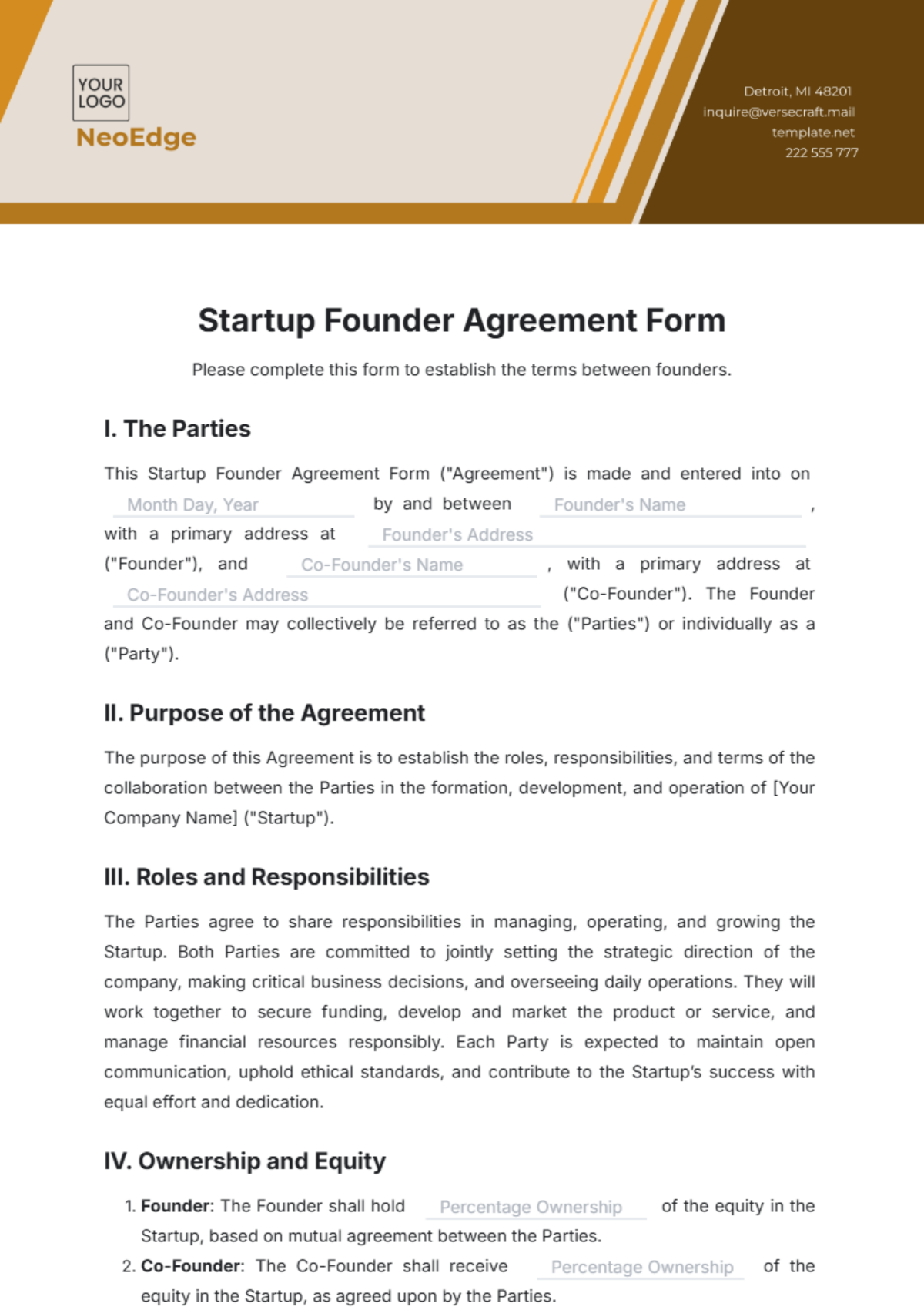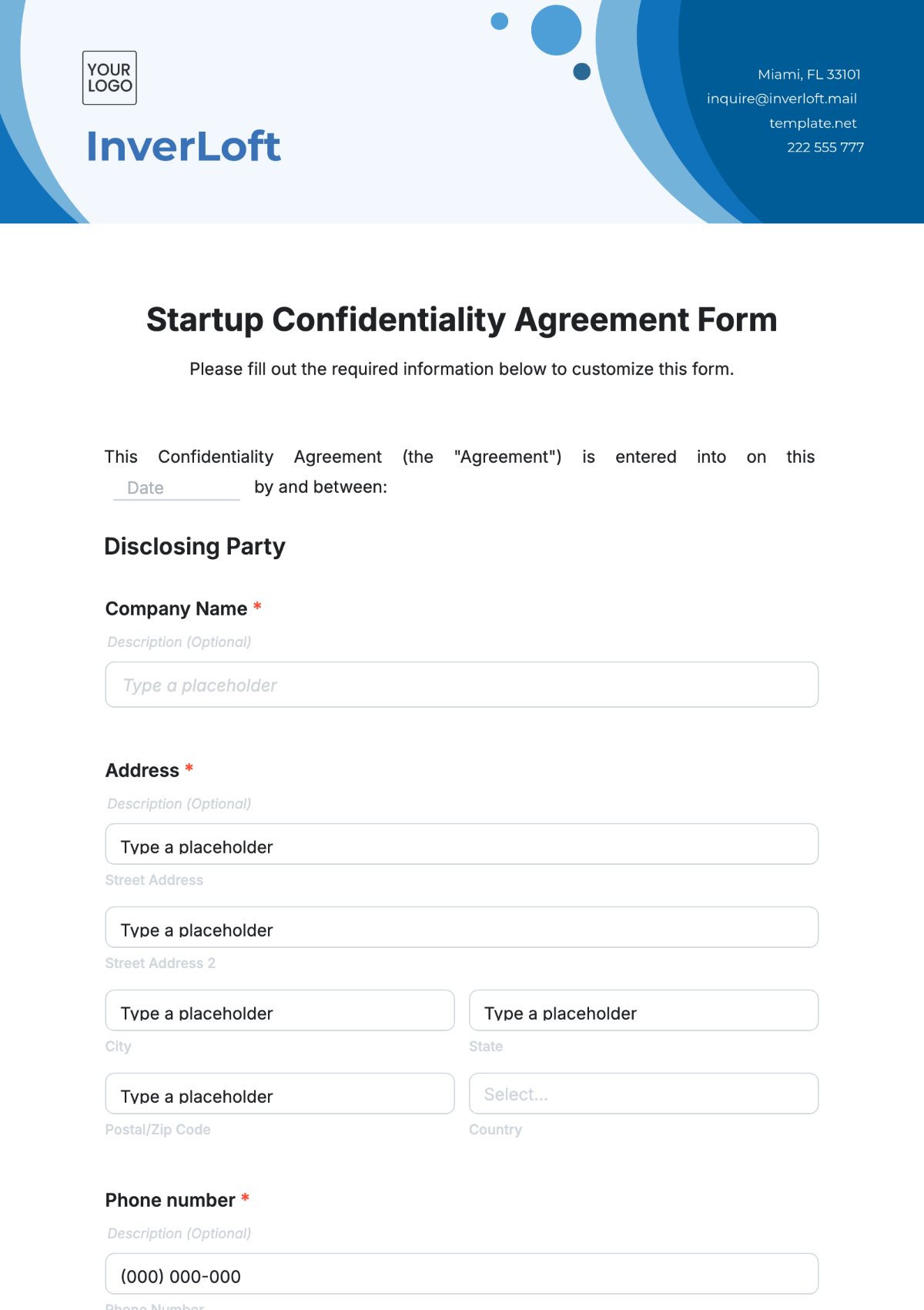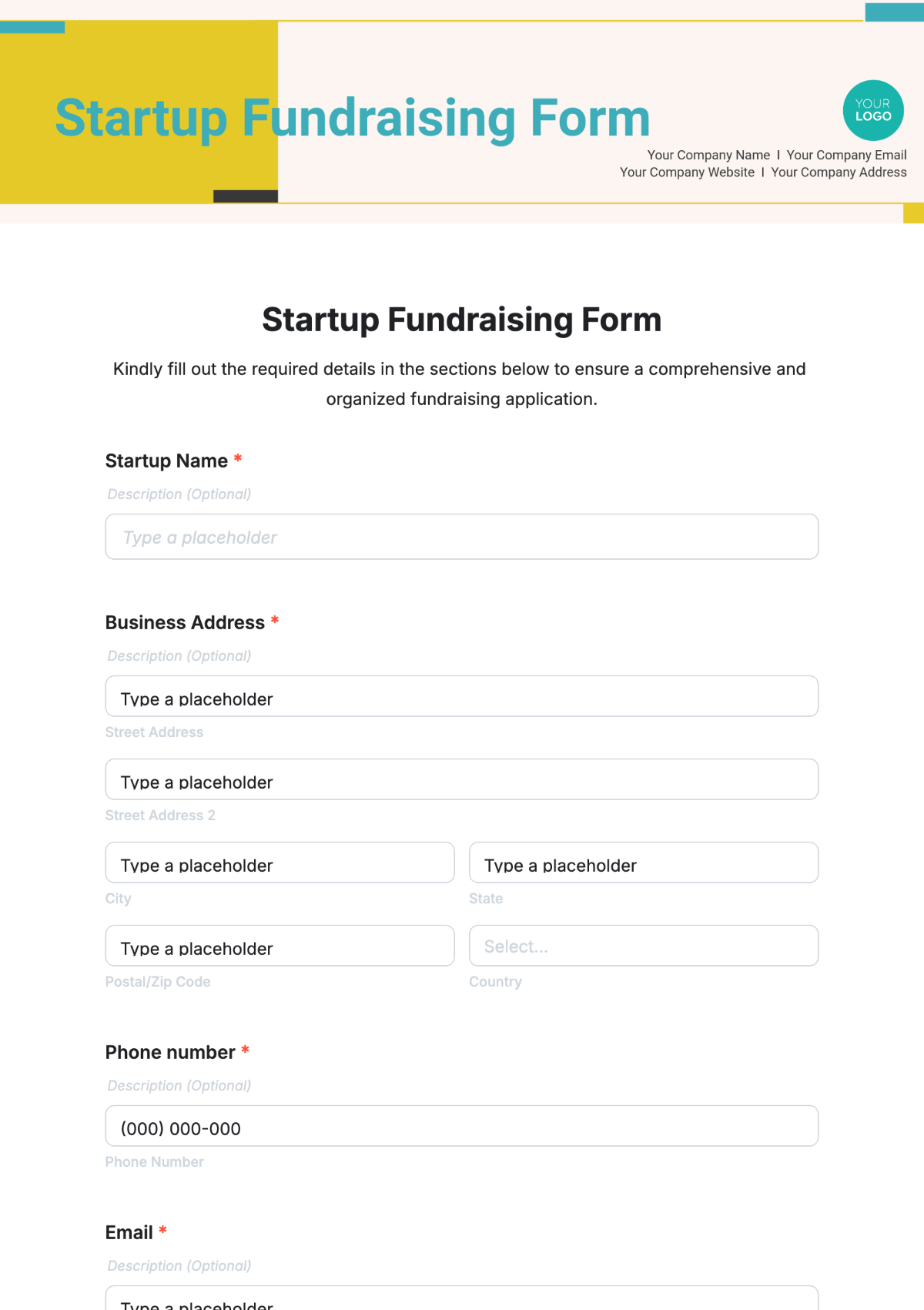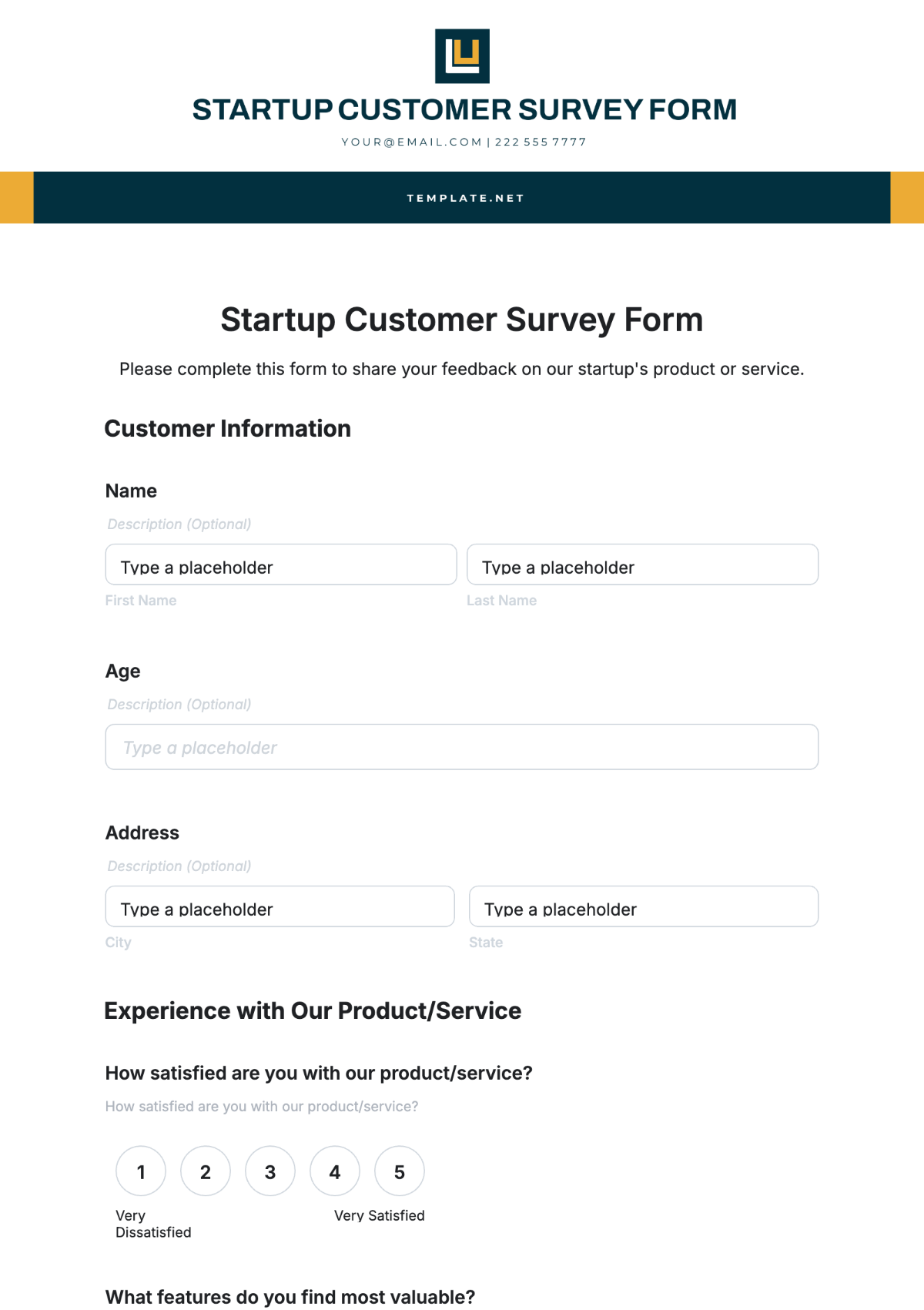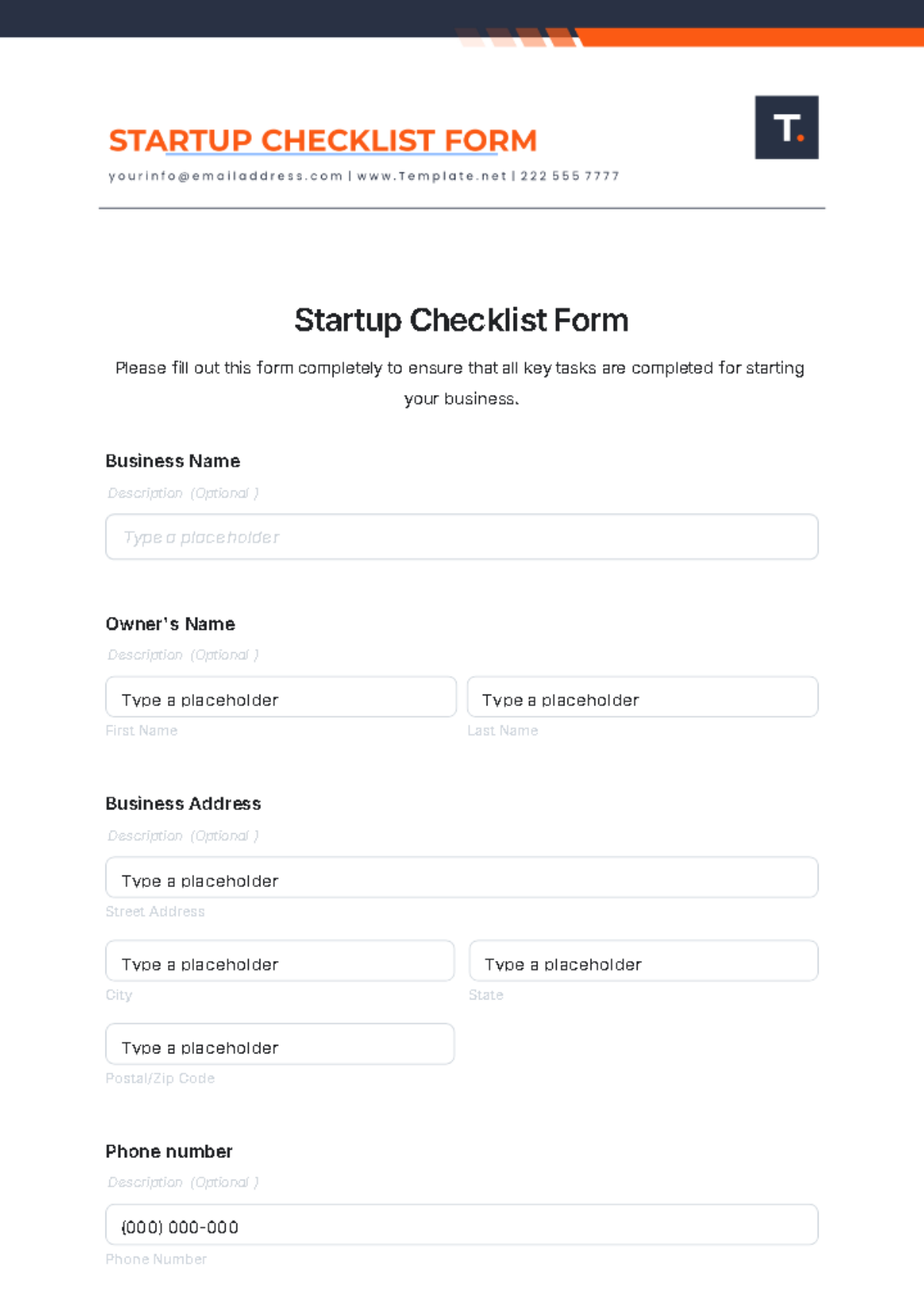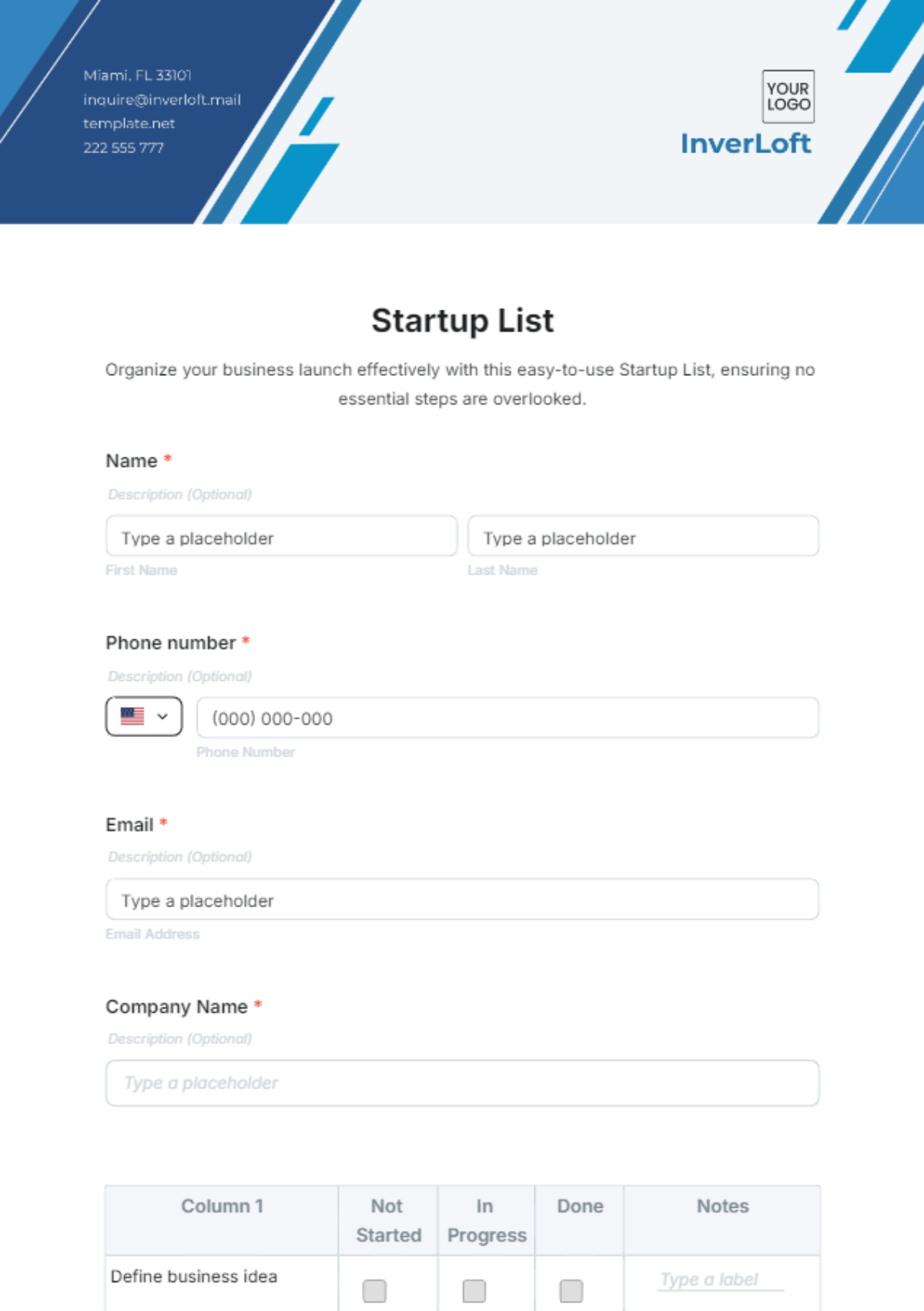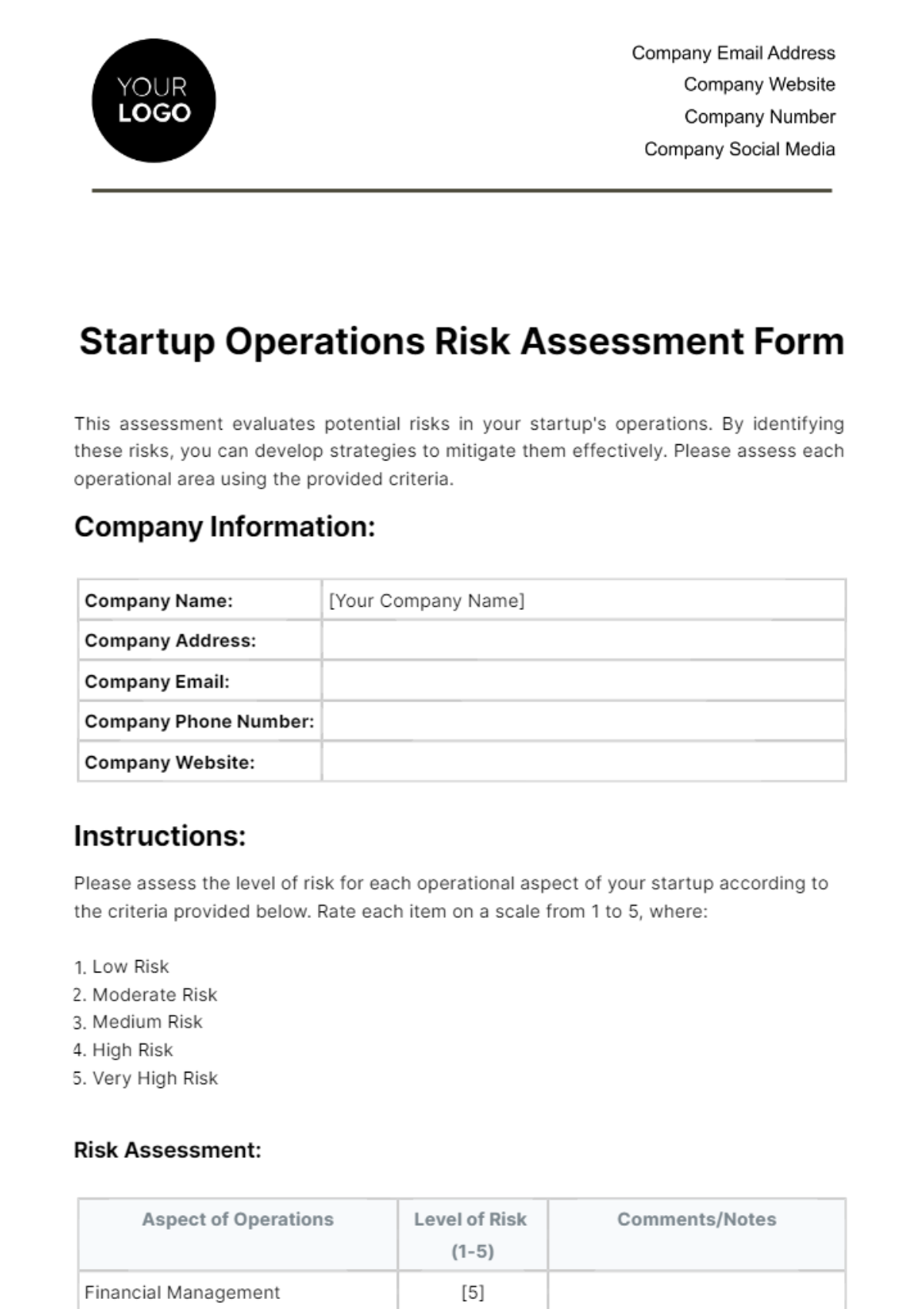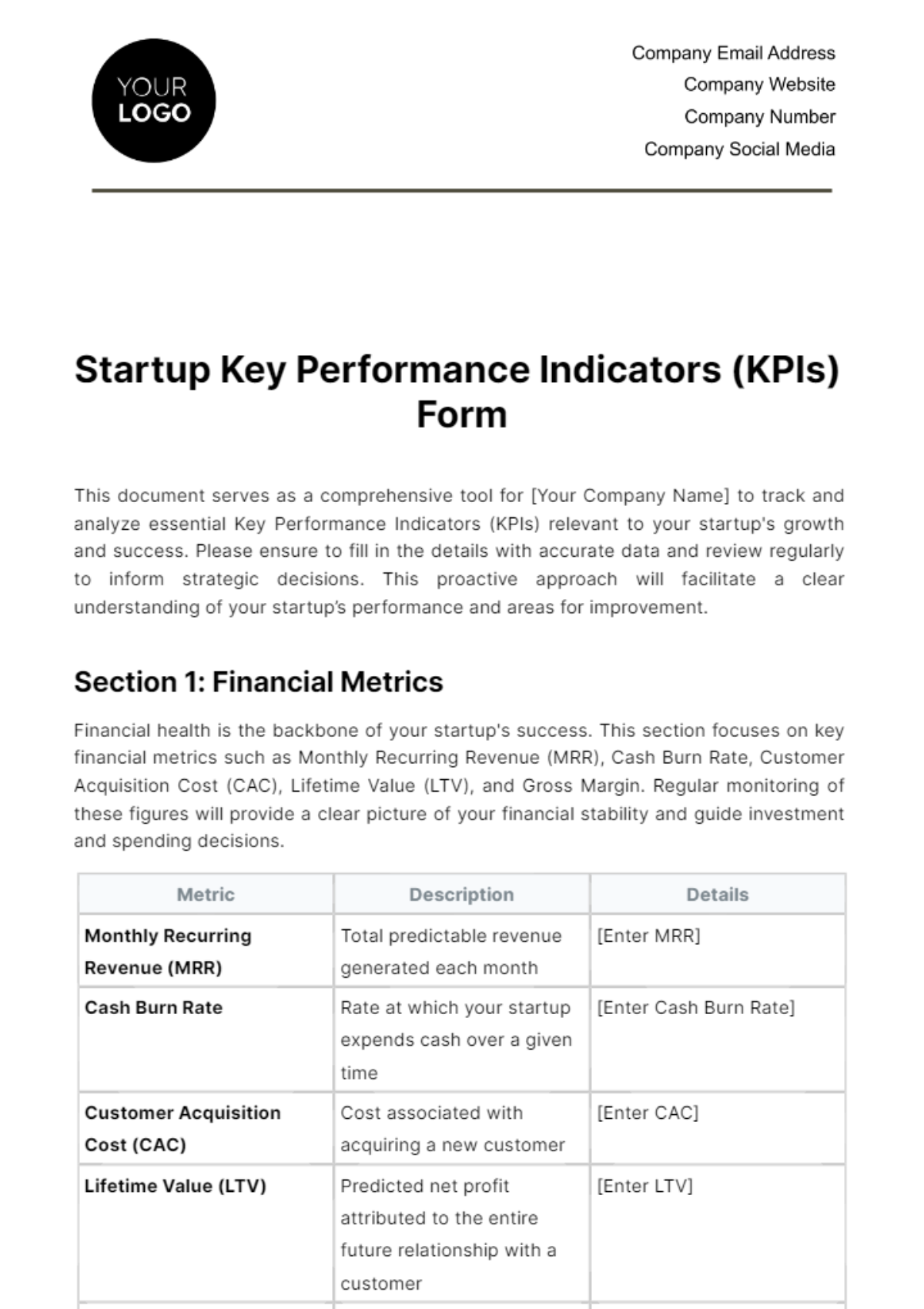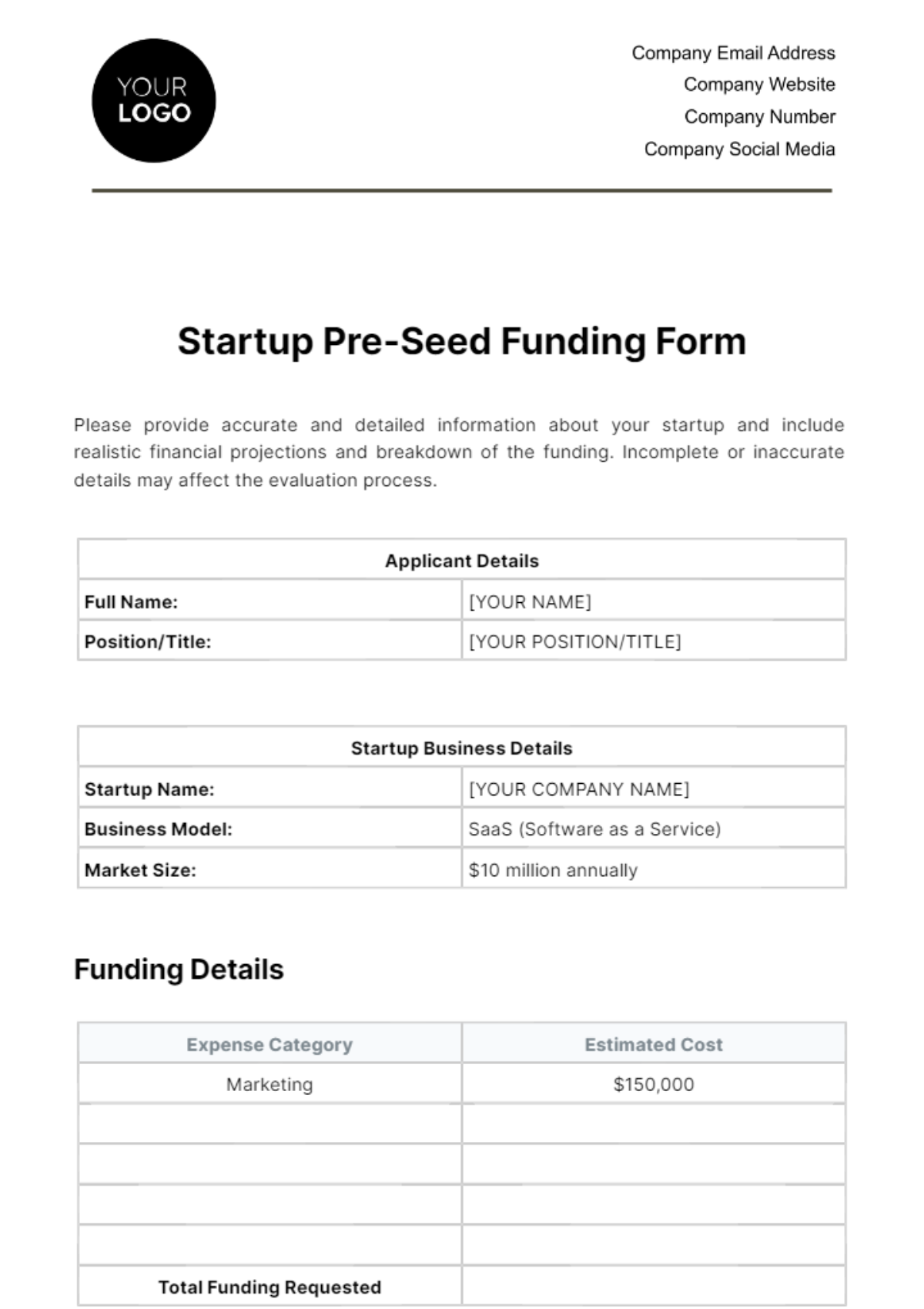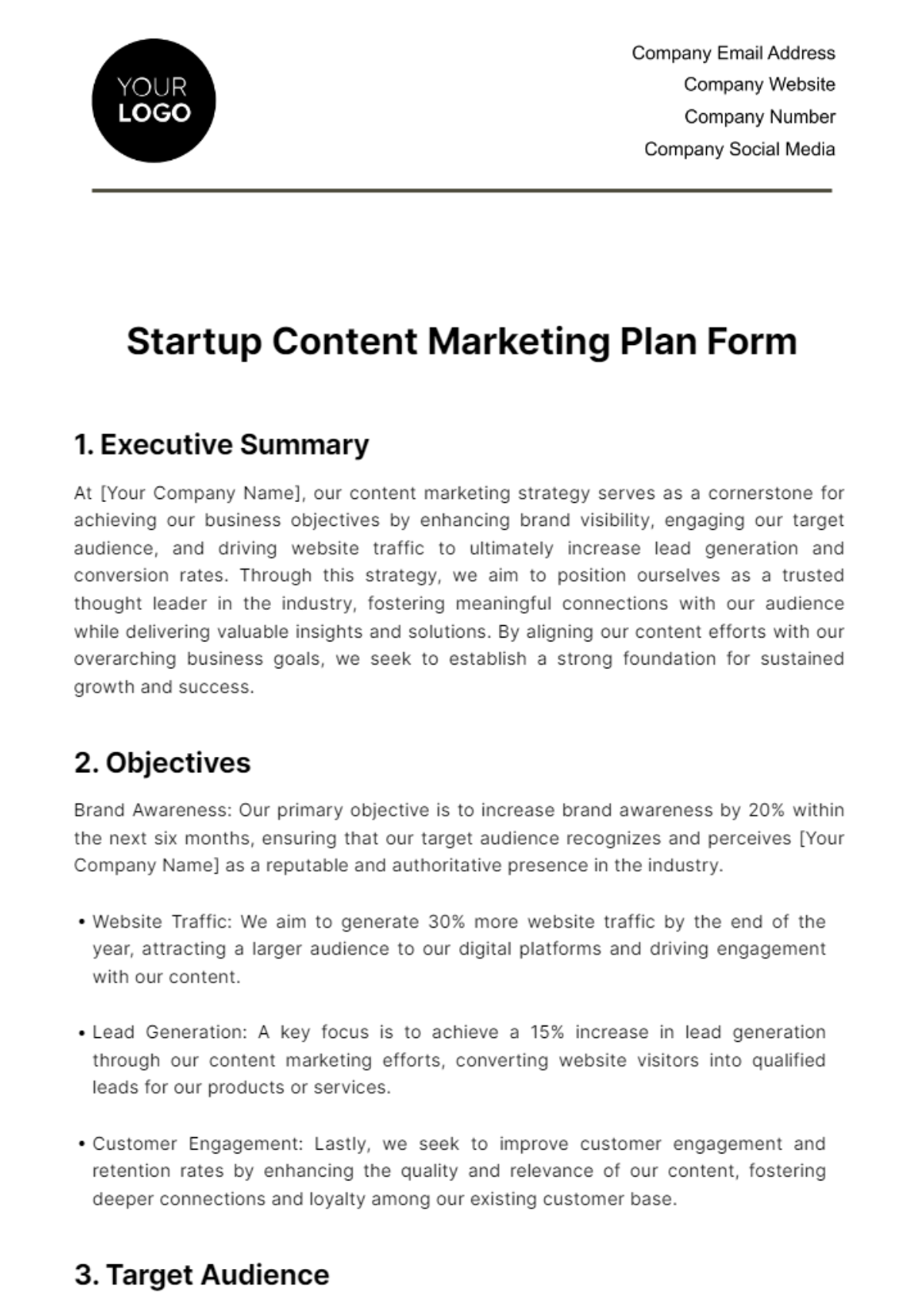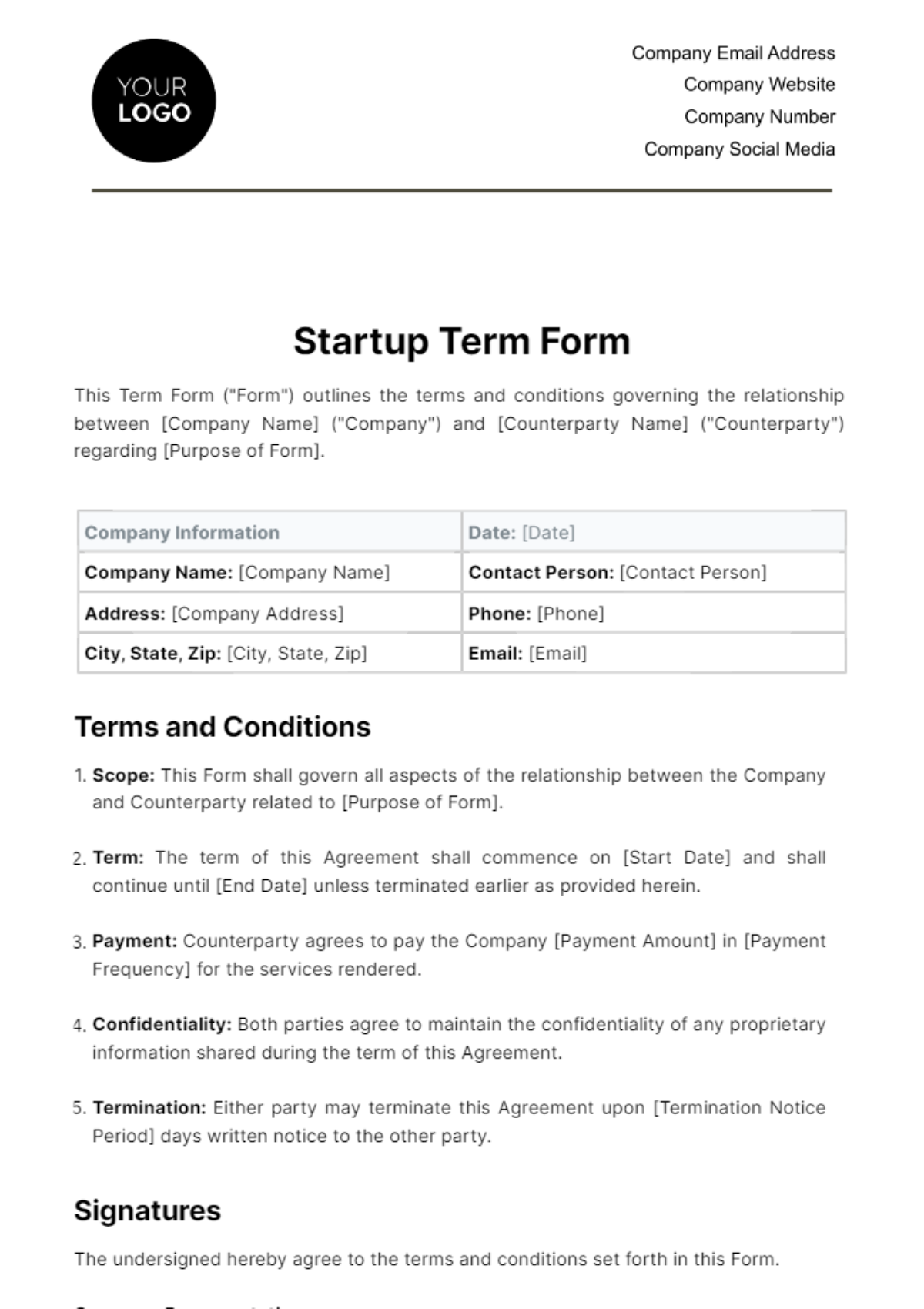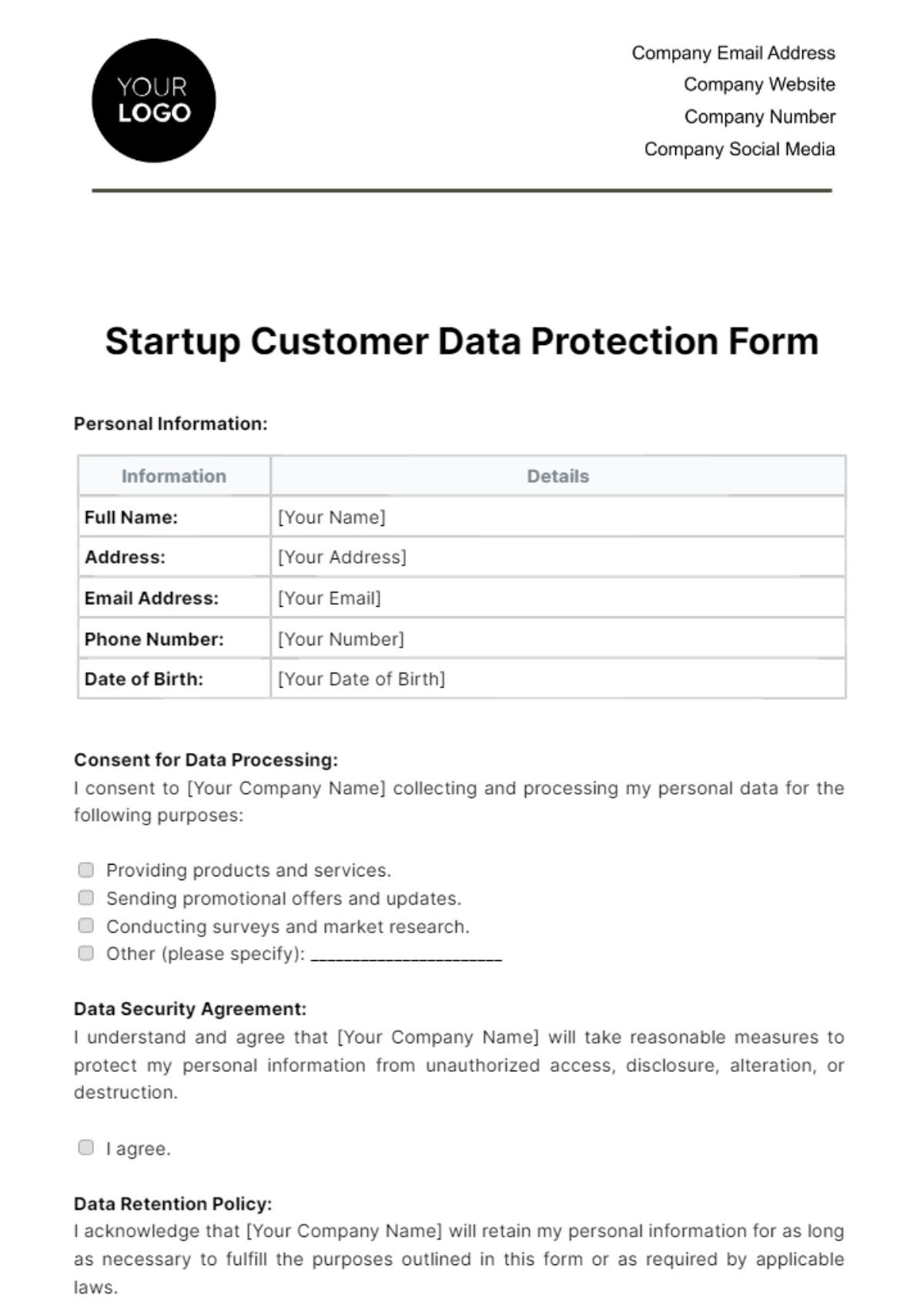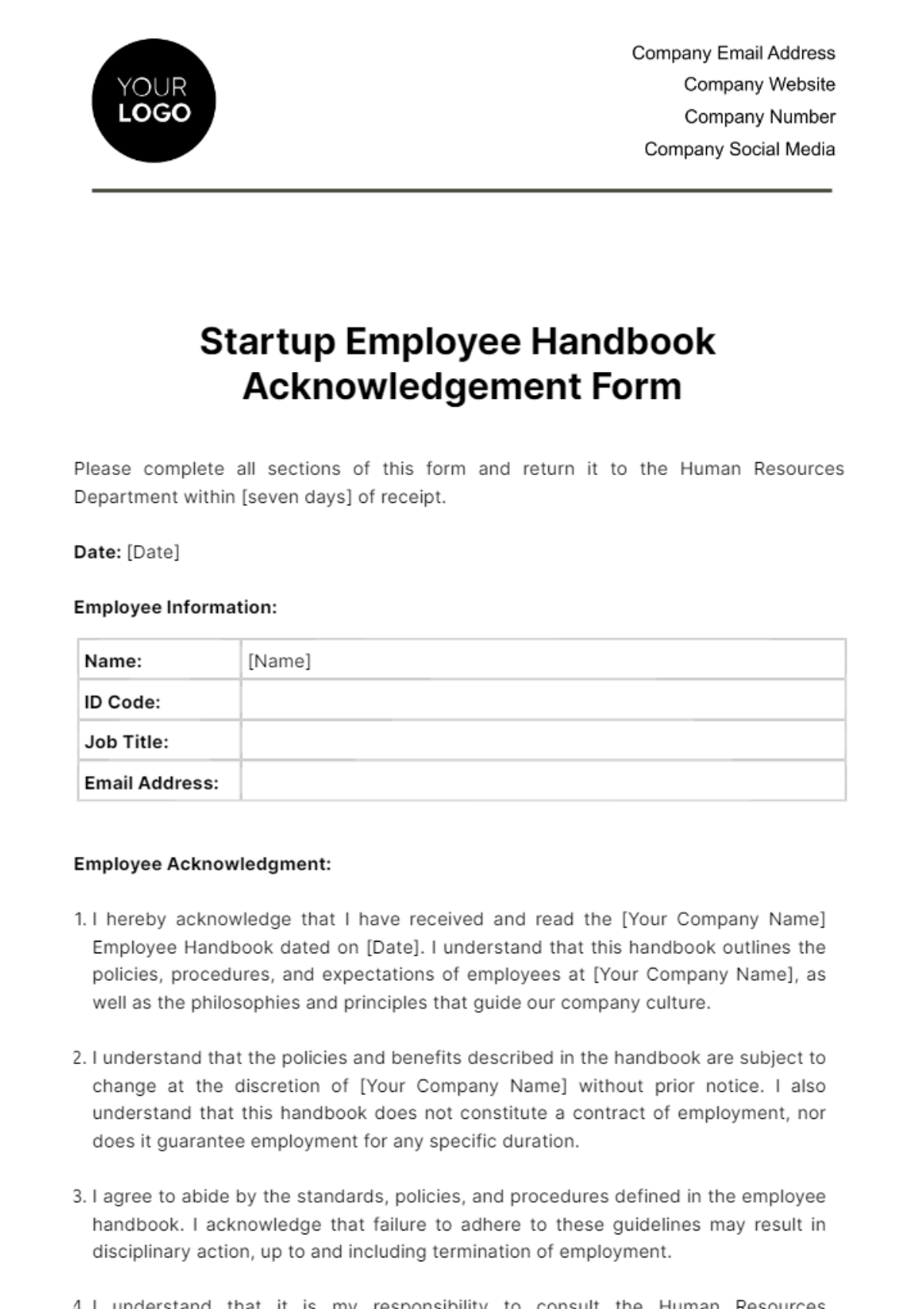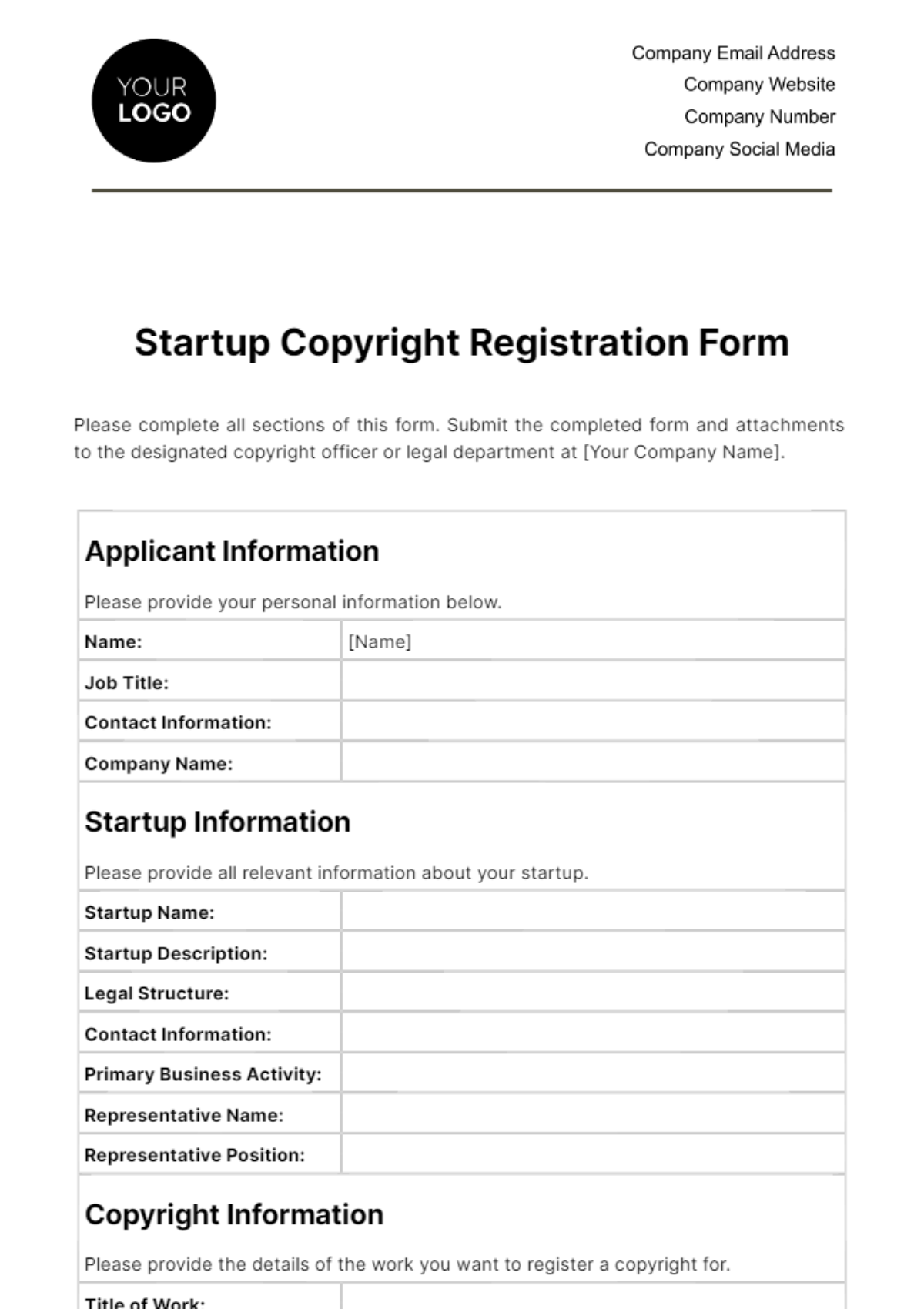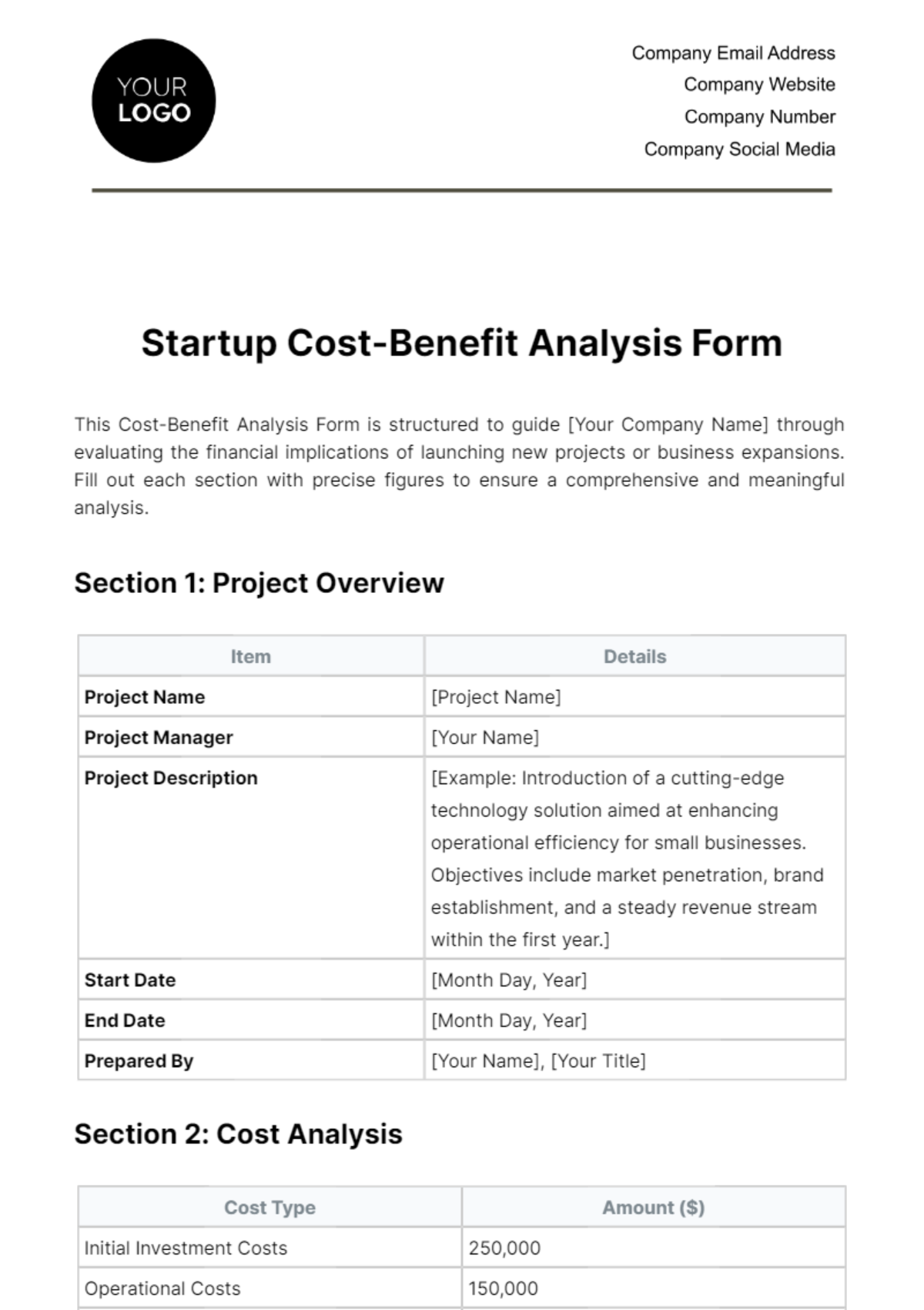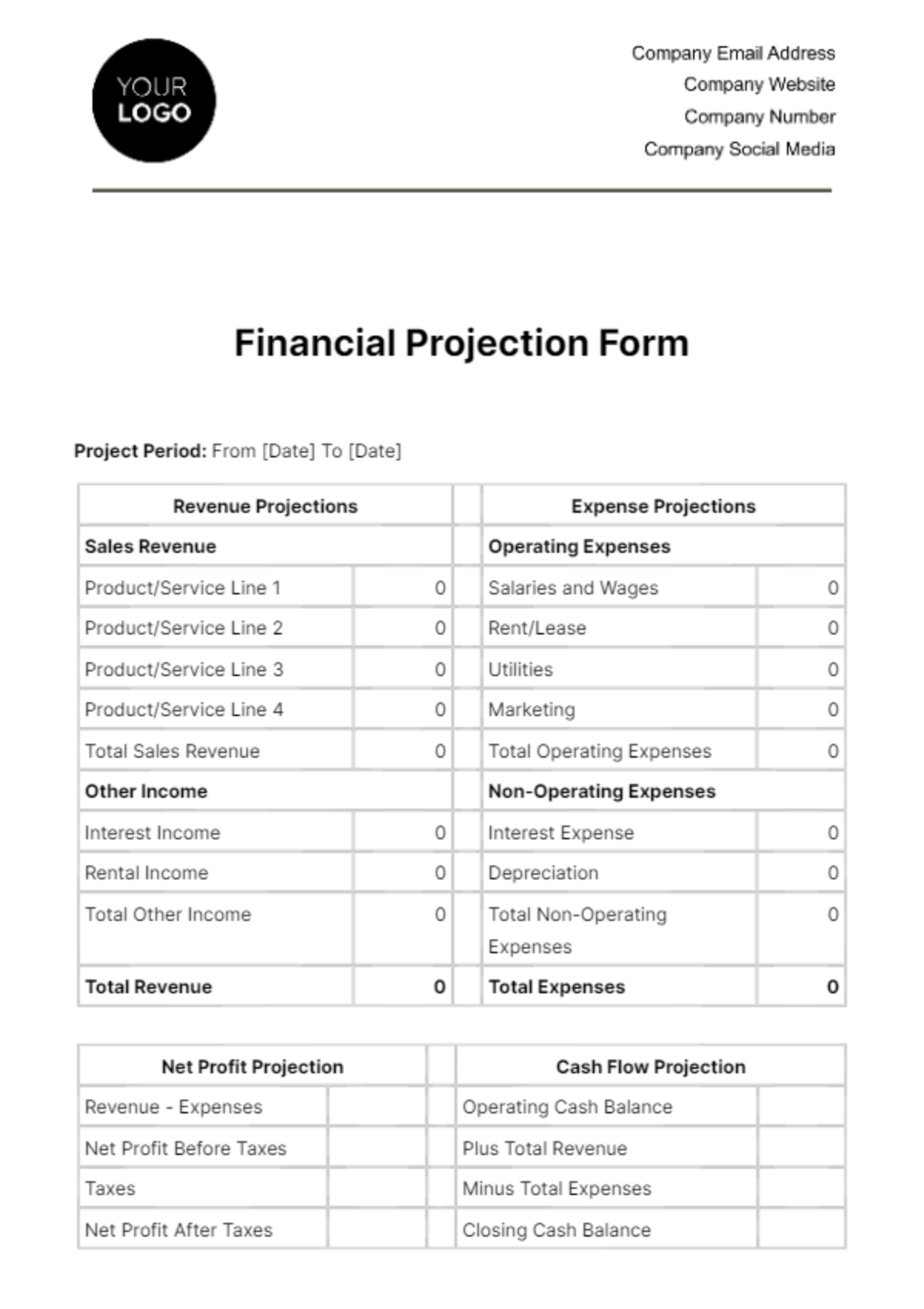Startup Content Marketing Plan Form
1. Executive Summary
At [Your Company Name], our content marketing strategy serves as a cornerstone for achieving our business objectives by enhancing brand visibility, engaging our target audience, and driving website traffic to ultimately increase lead generation and conversion rates. Through this strategy, we aim to position ourselves as a trusted thought leader in the industry, fostering meaningful connections with our audience while delivering valuable insights and solutions. By aligning our content efforts with our overarching business goals, we seek to establish a strong foundation for sustained growth and success.
2. Objectives
Brand Awareness: Our primary objective is to increase brand awareness by 20% within the next six months, ensuring that our target audience recognizes and perceives [Your Company Name] as a reputable and authoritative presence in the industry.
Website Traffic: We aim to generate 30% more website traffic by the end of the year, attracting a larger audience to our digital platforms and driving engagement with our content.
Lead Generation: A key focus is to achieve a 15% increase in lead generation through our content marketing efforts, converting website visitors into qualified leads for our products or services.
Customer Engagement: Lastly, we seek to improve customer engagement and retention rates by enhancing the quality and relevance of our content, fostering deeper connections and loyalty among our existing customer base.
3. Target Audience
Our primary target audience comprises professionals aged 25-45 within the [Your Industry] sector, encompassing individuals who actively seek industry insights, solutions, and resources to advance their careers or businesses. We will tailor our content to address their specific pain points, challenges, and aspirations, positioning [Your Company Name] as a valuable partner and resource.
4. Content Strategy
Content Themes
Our content strategy will revolve around industry-specific topics that are relevant and timely within our industry, such as sustainability practices, digital transformation, customer experience optimization, and leadership development. These themes will serve as the foundation for our content creation efforts, guiding the development of compelling and valuable content that resonates with our target audience.
Content Formats
To cater to diverse preferences and consumption habits, we will employ a variety of content formats, including blog posts, infographics, videos, webinars, and downloadable resources. Each format will offer unique benefits and opportunities for engaging our audience, allowing us to deliver information and value in formats that are accessible and appealing.
Distribution Channels
Leveraging our digital assets, including Your Company Website, email newsletters, and social media platforms (LinkedIn, Twitter, Facebook, Instagram), we will strategically distribute our content to reach our target audience across multiple touchpoints. Additionally, we will explore opportunities for guest blogging, content partnerships, and syndication to extend our reach and amplify our message.
6. Content Creation Process
Ideation: The content creation process begins with ideation sessions, where our team brainstorms ideas and topics based on our content strategy, audience research, and industry trends. We encourage collaboration and creativity to generate fresh and compelling content concepts that resonate with our target audience.
Research: Once we have identified potential topics, we conduct thorough research to gather relevant data, insights, and sources to support our content. This may involve analyzing market trends, conducting surveys or interviews, and referencing credible sources to ensure the accuracy and credibility of our content.
Writing/Editing: Our content is then crafted by skilled writers who specialize in producing high-quality, engaging content tailored to our target audience's preferences and needs. Each piece undergoes rigorous editing and proofreading to ensure clarity, coherence, and consistency in messaging and tone.
Design: For visual content formats such as infographics and videos, our design team creates visually appealing assets that enhance the presentation and impact of our content. This includes graphic design, video editing, and multimedia production to create assets that are both informative and visually captivating.
Approval: Before publication, all content undergoes a thorough review process to ensure alignment with our brand guidelines, messaging, and quality standards. Final approval is granted by [Name of Approver], who oversees the content creation process and ensures that each piece meets our strategic objectives and audience needs.
7. Content Distribution Plan
Our content distribution plan encompasses a multi-channel approach to maximize reach and engagement with our target audience. We will utilize a combination of owned, earned, and paid distribution channels to amplify our content's visibility and impact.
Owned Channels
Social Media
SEO Optimization
Paid Promotion
8. Performance Metrics
By tracking and analyzing these metrics, we will gain valuable insights into our audience's behavior, content performance, and overall ROI.
Metric | Description |
|---|---|
Website Traffic | Total visits, unique visitors, page views, bounce rate, session duration |
Engagement Metrics | Likes, shares, comments, followers, social media engagement rate |
Lead Generation | Form submissions, downloads, email sign-ups, conversion rate |
Conversion Rates | Lead-to-customer conversion rate, conversion rate by content type |
Click-Through Rate (CTR) | Percentage of users who click on a specific link or call-to-action |
Return on Investment (ROI) | Ratio of net profit to cost of investment, calculated for content marketing |
Cost per Acquisition (CPA) | Cost associated with acquiring a new customer or lead |
Customer Lifetime Value (CLV) | Predicted net profit attributed to the entire future relationship with a customer |
10. Budget and Resources
A dedicated budget has been allocated for content marketing initiatives, encompassing content creation, distribution, tools, and technology investments.
Item | Allocation |
|---|---|
Content Creation Budget | $XX,XXX |
Distribution Budget | $XX,XXX |
Tools and Technology | $XX,XXX |
Human Resources | $XX,XXX |
Freelance Talent | $XX,XXX |
External Agencies | $XX,XXX |
Miscellaneous | $XX,XXX |
Total | $XXX,XXX |
12. Implementation Timeline
By following a structured timeline, we can ensure alignment, accountability, and progress tracking throughout the execution of our strategy.
Phase | Activities | Timeline |
|---|---|---|
Planning Phase | Strategic planning sessions | Month 1 |
Goal setting and objective alignment | Month 1 | |
Audience research and persona development | Month 1-2 | |
Content ideation and topic selection | Month 2 | |
Content Creation Phase | Research and data gathering | Month 2-3 |
Writing and editing | Month 3-4 | |
Design and multimedia production | Month 4-5 | |
Approval and finalization | Month 5 | |
Distribution and Promotion Phase | Social media scheduling and posting | Ongoing from Month 1 |
Email newsletter creation and distribution | Ongoing from Month 1 | |
SEO optimization and website updates | Ongoing from Month 1 | |
Paid advertising campaigns | Ongoing from Month 1 | |
Performance Monitoring and Optimization Phase | Regular performance monitoring and analysis | Ongoing from Month 1 |
Data analysis and insights generation | Ongoing from Month 1 | |
Iterative optimization cycles | Ongoing from Month 1 | |
Review and Reflection Phase | Monthly performance reviews and reporting | Ongoing from Month 1 |
Quarterly strategy reviews and adjustments | Ongoing from Month 1 | |
Annual strategic planning and goal setting | Ongoing from Month 1 |
